Exobiota
Mihkel Maripuu
Curated by Lilian Hiob-Küttis
28.2.2025 — 19.4.2025
OPENING
28 February at 18.00
Mihkel Maripuu’s solo exhibition Exobiota rips post-internet art from the slick, weightless void of the screen and forces it into physical space, giving the virtual what it has never had: a body. Airbrushed gradients, hyper-clean hues, and high-res perfection – visuals built for seamless digital flow – are locked down, chained to the gallery, forcing the digital to bear the weight, rawness and intensity of the physical world. To breathe the same air as us. The mindless flow of scrolling crashes into stillness, demanding engagement beyond the screen.
Today, the human experience is inseparable from the screen. We do not merely use screens; we live through them. The digital is no longer an external interface for the human body – it’s hardwired into our contemporary daily life, shaping how we communicate, consume information, think and decode the world around us. Maripuu’s works tap into Bernard Stiegler’s idea that we don’t simply use digital tools; they enter and pharmacologically change us, like medicinal drugs, affecting both our bodies and our consciousness.
The exhibition’s title, Exobiota, is derived from the Latin terms exo (outside) and biota (living forms). It denotes a hybrid body that transcends traditional biological boundaries – an emergence from a tangled ecosystem of code, data, cells and tissues. Exobiota brings the complexity and contradictions of the contemporary human experience into sharp focus and does it with an uncompromising boldness. The screen has fused with the skin, perceptions of the external world are split between tactile reality and digital flow. No more fear of tech’s dominance – Maripuu’s works throw us straight into a world where the virtual and the physical are inseparable, impossible to untangle, the distinctions between them irrelevant. With a background in traditional painting, Maripuu explores the position of painting in an era when visual culture is increasingly mediated by screens and digital imagery. While the medium of painting is haunted by recurring fears of its death, Maripuu’s works seem to thrive in the tension between the impact of the digital age and the mastery of manual technique.
Post-internet art lives to circulate – once uploaded, an image moves faster, reaches further and sometimes even outranks the original. On the right platform, an artwork doesn’t need a physical audience; it gains agency through visibility, its digital echo becoming more powerful than the object itself. Hito Steyerl has referred to such endlessly circulating, quality-diminishing image files as “poor images”. Maripuu breaks this cycle and flips the logic of post-internet art on its head. While inseparably tied to digital aesthetics, he redirects attention to the material presence of the object. In contrast to the trend of the infinite reproduction of visual information through screens that risks the complete erasure of the original, Maripuu’s works demand the viewer’s physical presence and time. They resist passive observation, creating a reciprocal relationship between the artwork and its audience.
Like a human being navigating between their virtual shadows and a body of flesh and bone, these paintings pulse in a state of instability – uncanny yet beautiful, disquieting yet seductive. Suspended between pixels and presence, they mirror the fractured, restless condition of today’s human condition.
Mihkel Maripuu (b. 1987) is an artist examining the evolution of visual language in the digital era, addressing its impact on contemporary aesthetics and materiality. His practice interrogates the shifting dynamics between technological systems and organic worlds, tracing moments where the two collapse into one another. Through compressed, multi-layered, and at times aggressively rendered compositions, Maripuu constructs environments in-which digital logic glitches into painterly materiality, creating a space of tension, resistance and reinvention. Through a dynamic, boundary-pushing practice, he defines the intersections between the illusory and material in contemporary art.
His work has been featured in both solo and group exhibitions across Estonia and internationally, including Germany, Denmark, Belgium and Greece. He holds a BA from the University of Tartu, Institute of Cultural Research, Department of Painting and an MA from the Estonian Academy of Arts, Faculty of Fine Arts, Department of Painting.
Maripuu has been nominated for numerous awards, including the AkzoNobel Art Prize (2024, 2019), Kristjan Raud Art Award (2020), Konrad Mägi Art Award (2019) and the Young Painter Prize (2013).
Lilian Hiob-Küttis (b 1991) is an independent curator and gallerist, a founder of Hoib Gallery and the former manager of Temnikova & Kasela Gallery.
She has an MA in Art History and Visual Culture from the Estonian Academy of Arts. She is a guest lecturer in curatorial studies at the Estonian Academy of Arts and teaches at the university’s Open Academy.
Hiob-Küttis’ curatorial work has included collaborations with companies such as Sunly and Synlab. Her recent exhibitions include Exobiota at Kogo Gallery, Tartu; Shifting Sand at Asni Gallery, Riga; Breaking up of Ice on a River at Margot Samel Gallery, New York; the group exhibition Femisphere from Kaupo Karelson’s private collection; The Shape of Things to Come at Noewe Foundation, Vilnius; and Present yet-to-be at Hobusepea Gallery, Tallinn.
Hiob-Küttis’ upcoming projects include exhibitions at Punctum Gallery and the Estonian Museum of Applied Art and Design.
TEAM
Artist: Mihkel Maripuu
Curator: Lilian Hiob-Küttis
Production: Stella Mõttus
Communication: Karin Kahre, Anett Pettaig
Installation: Siim Asmer
Photos: Marju Eelma (views), Luisa Greta Vilo (opening)
Text: Lilian Hiob-Küttis
Graphic design: Aleksandra Samulenkova
Translation and editing: Refiner Translations
FUNDING
The exhibition is funded by the Cultural Endowment of Estonia and the City of Tartu


Press and Publications
Saliva Live, photo reportage
Arterritory, listed in „What to see in the Baltics“
Meer, exhibition profile
Echo Gone Wrong, photo reportage
Sirp, review by Juhan Raud (ET)
ERR News, interview with the artist and curator (EN)
Klassikaraadio, Delta, interview with the artist and curator by Aurora Ruus (ET)
Kultuuriportaal, photos from the opening
ETV, tv-interview with the artist and curator (ET)
Vikerraadio, radio-interview with the artist and curator (ET)
Echo Gone Wrong, news (EN)

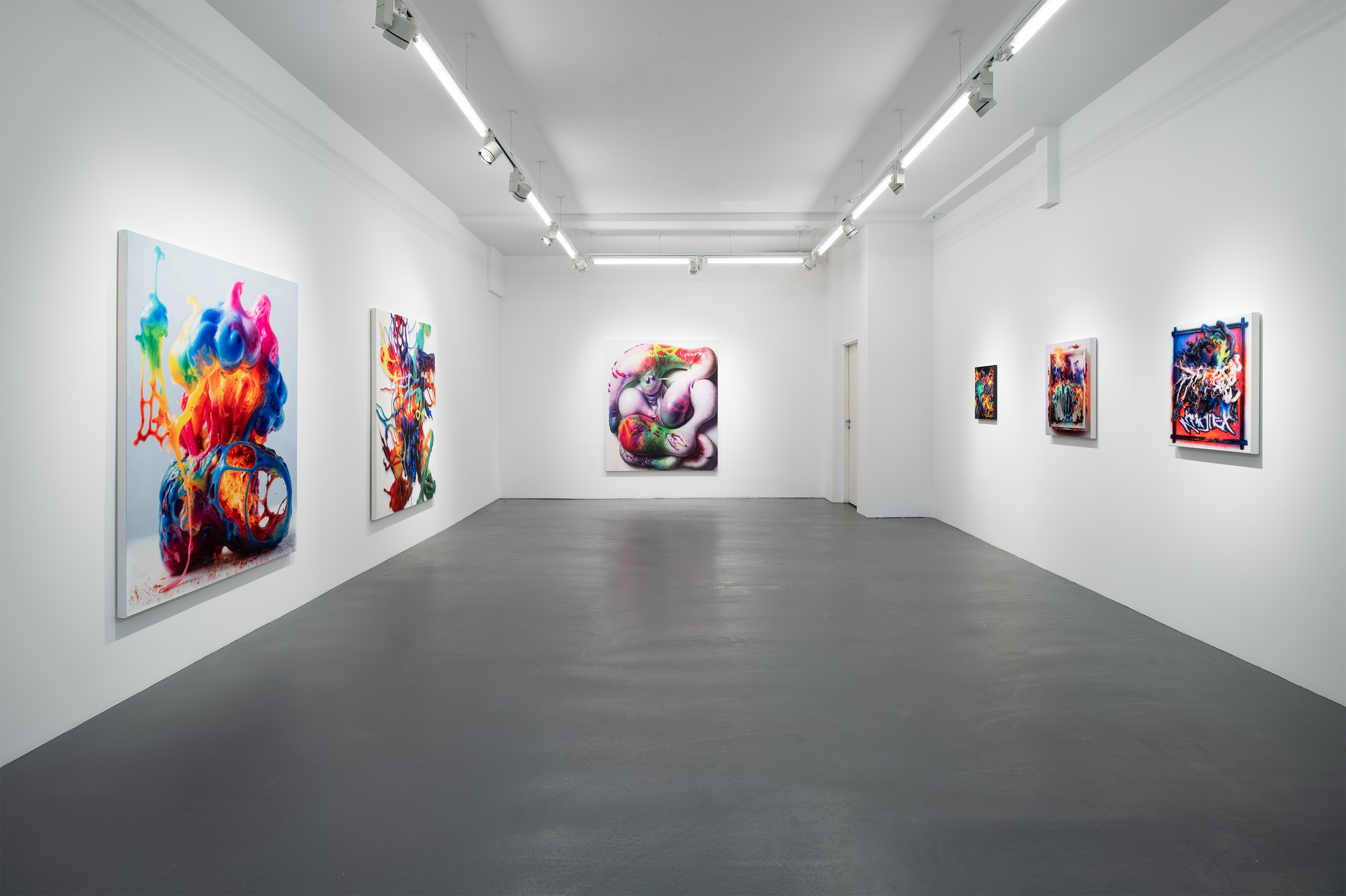
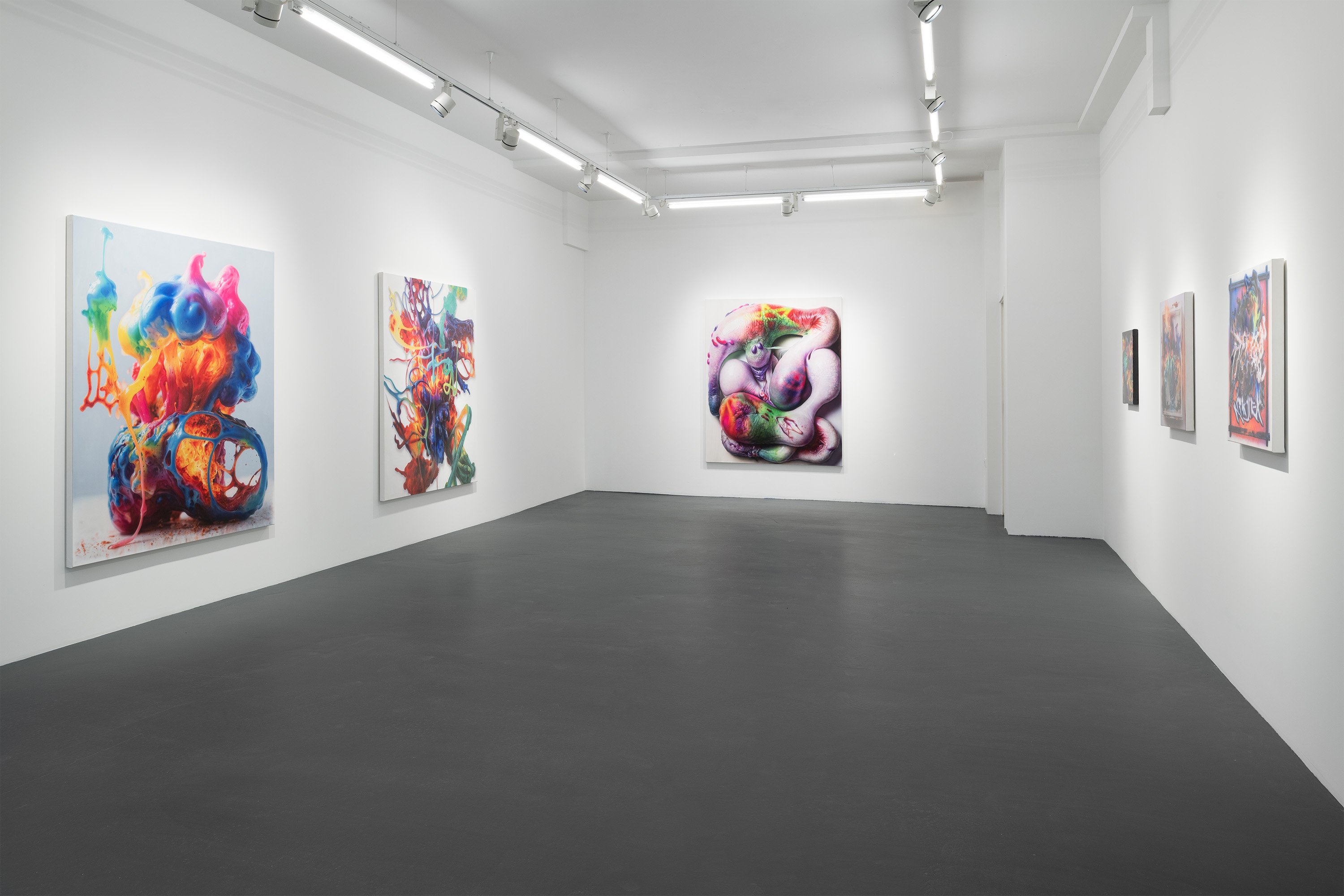
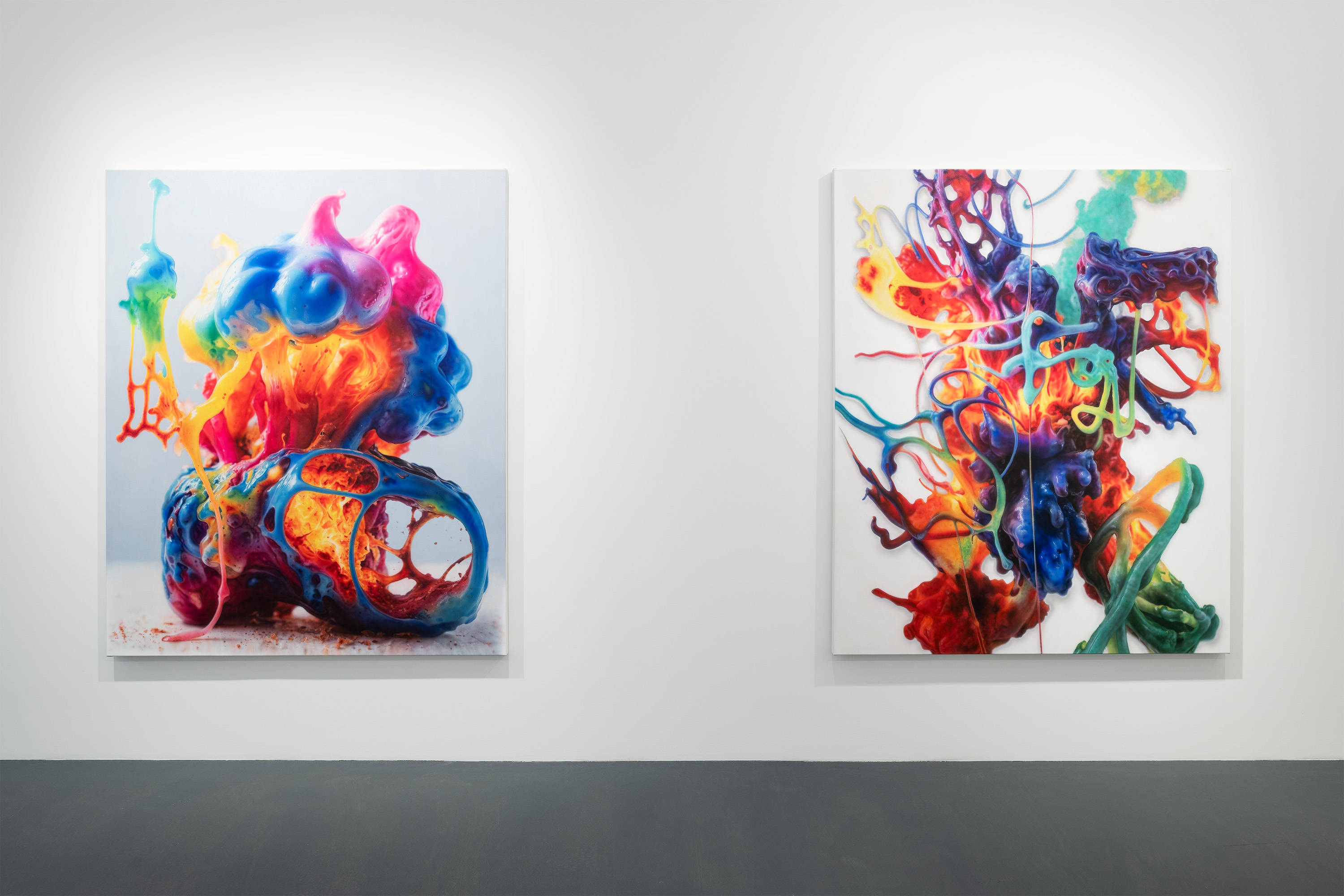
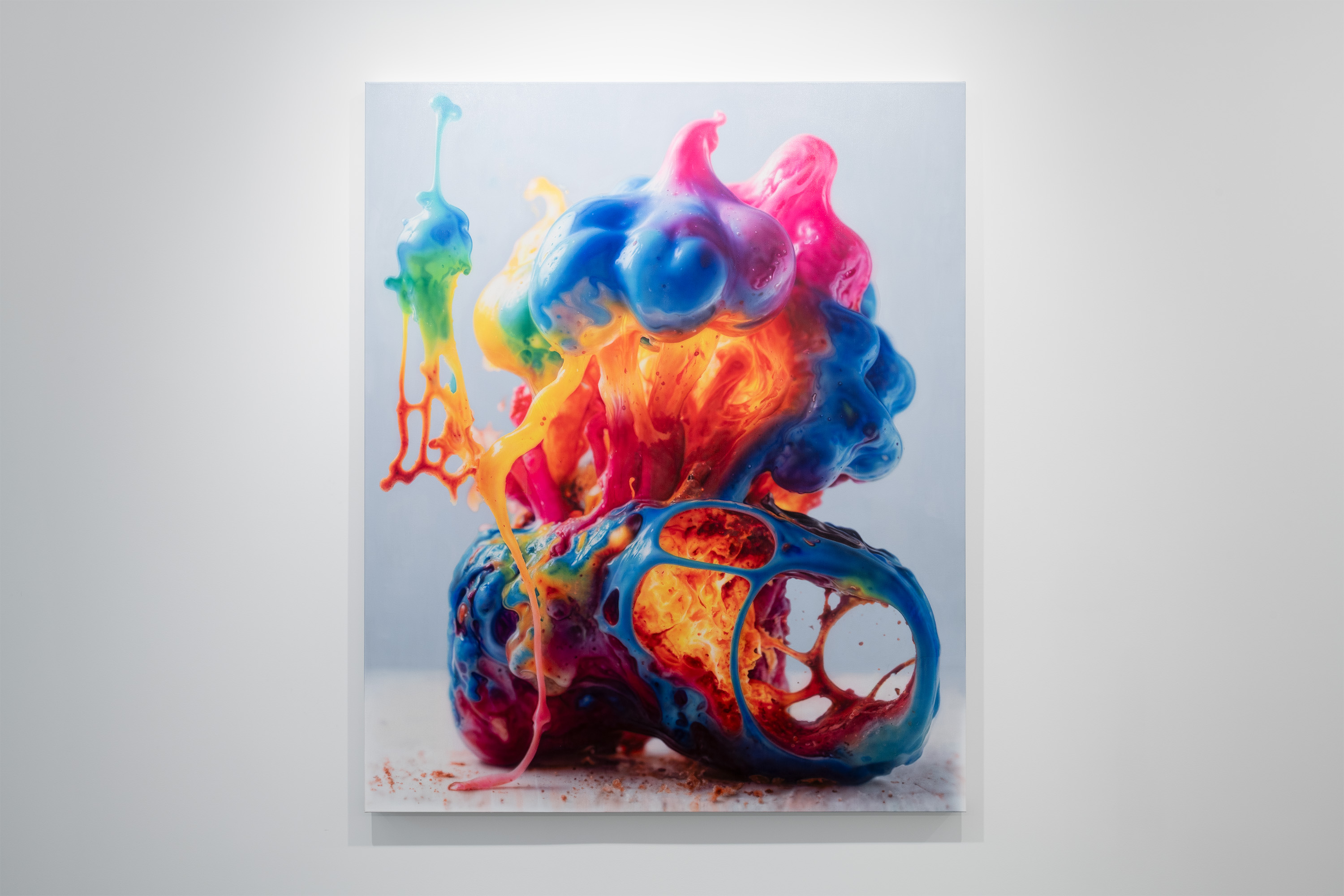
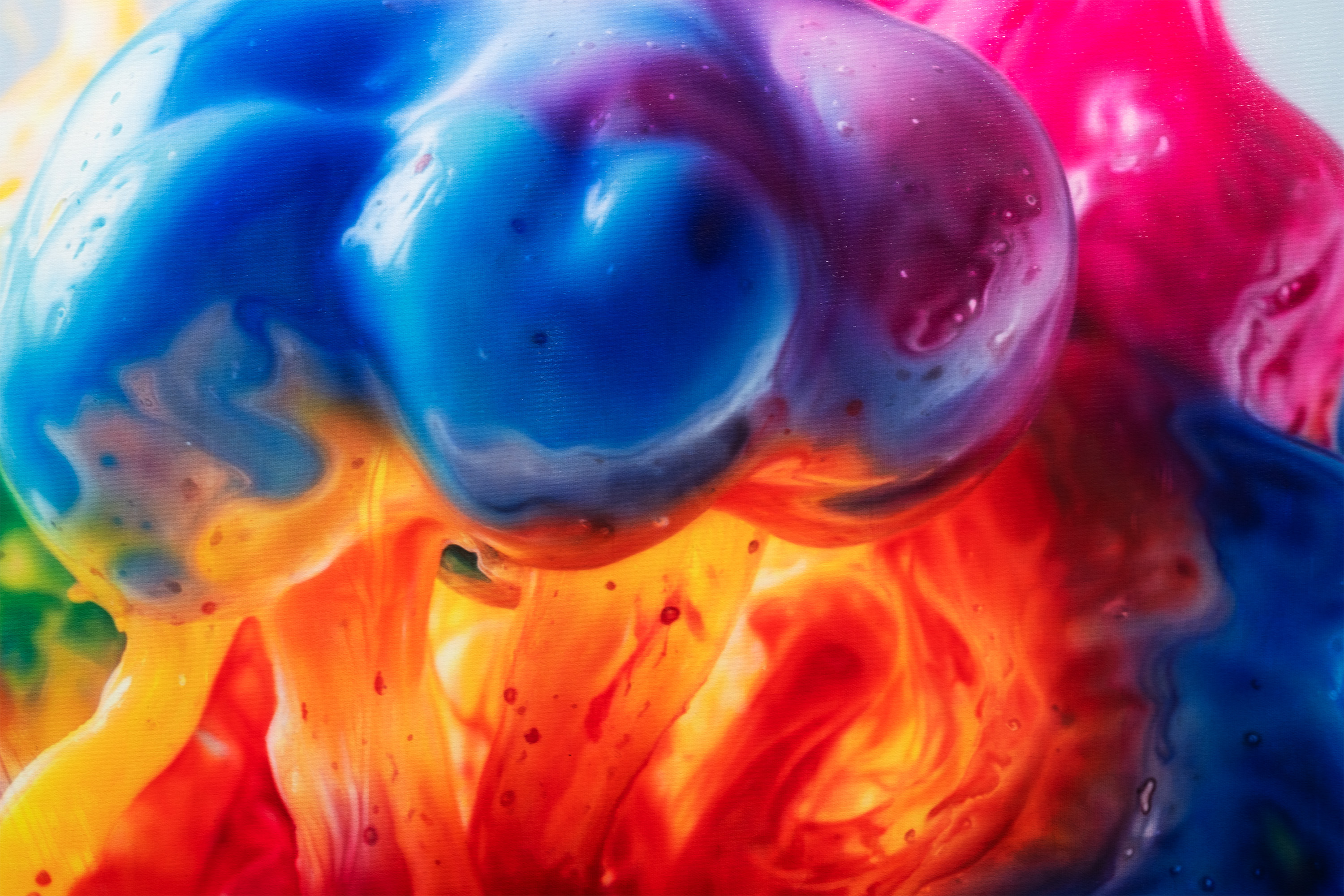
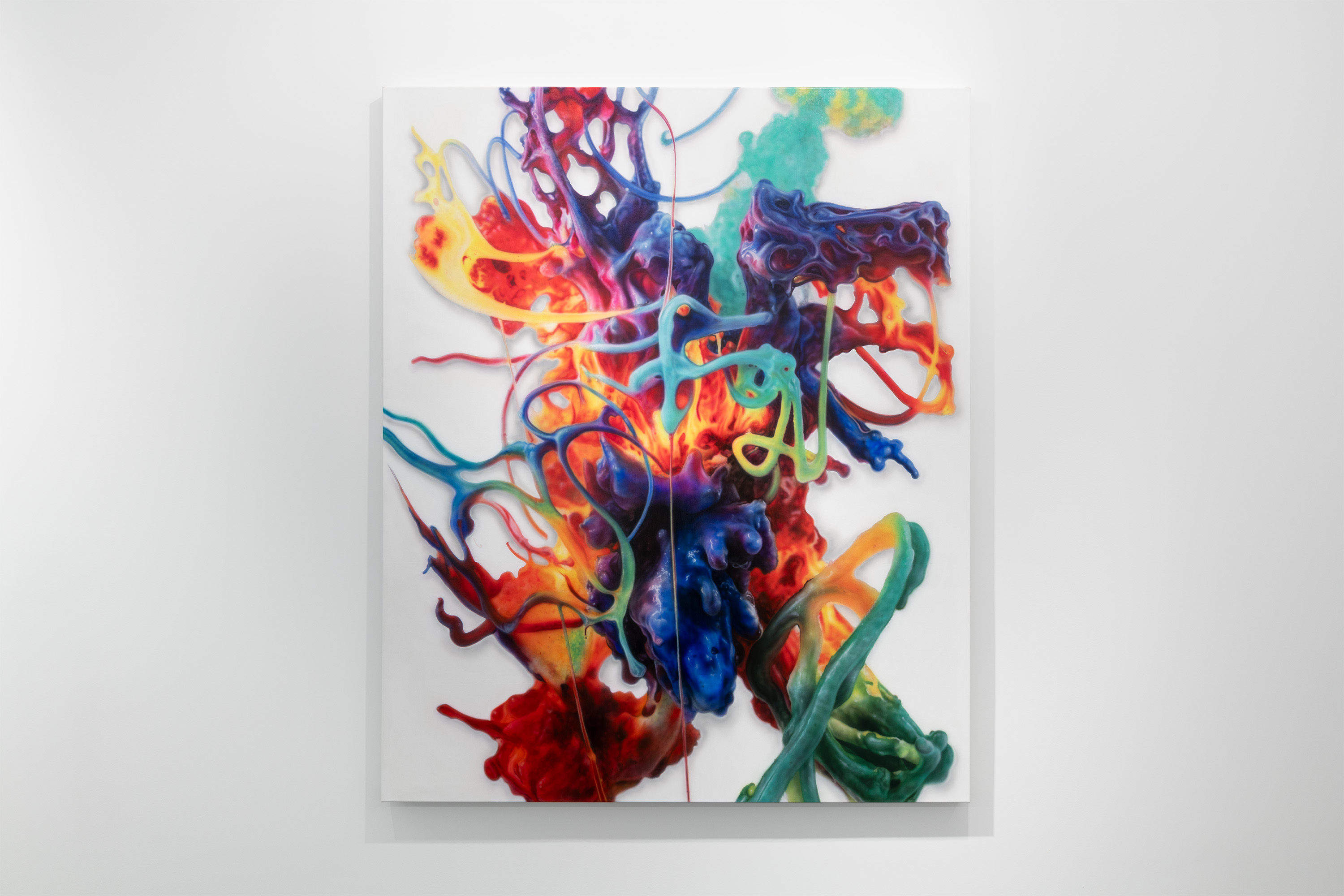
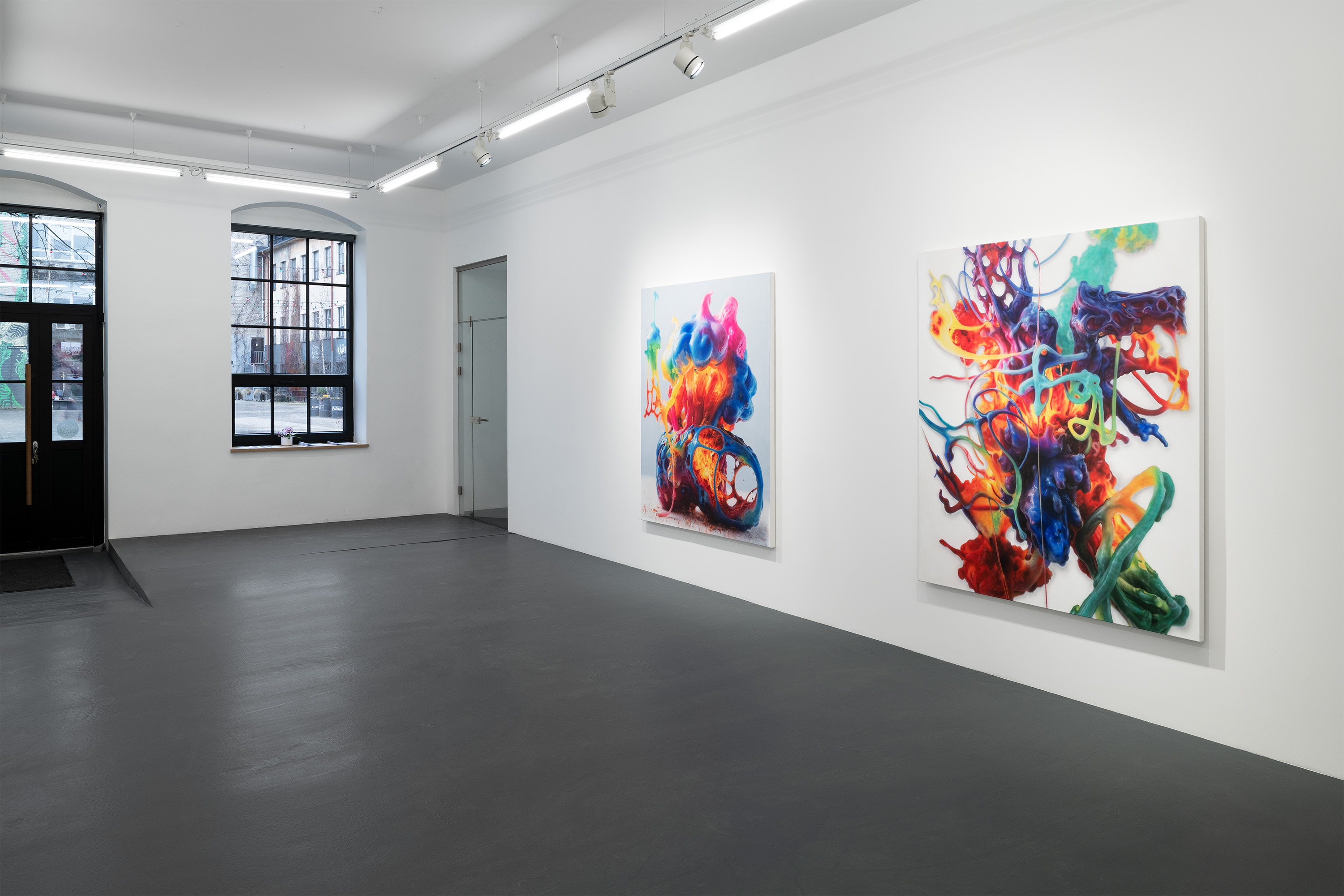
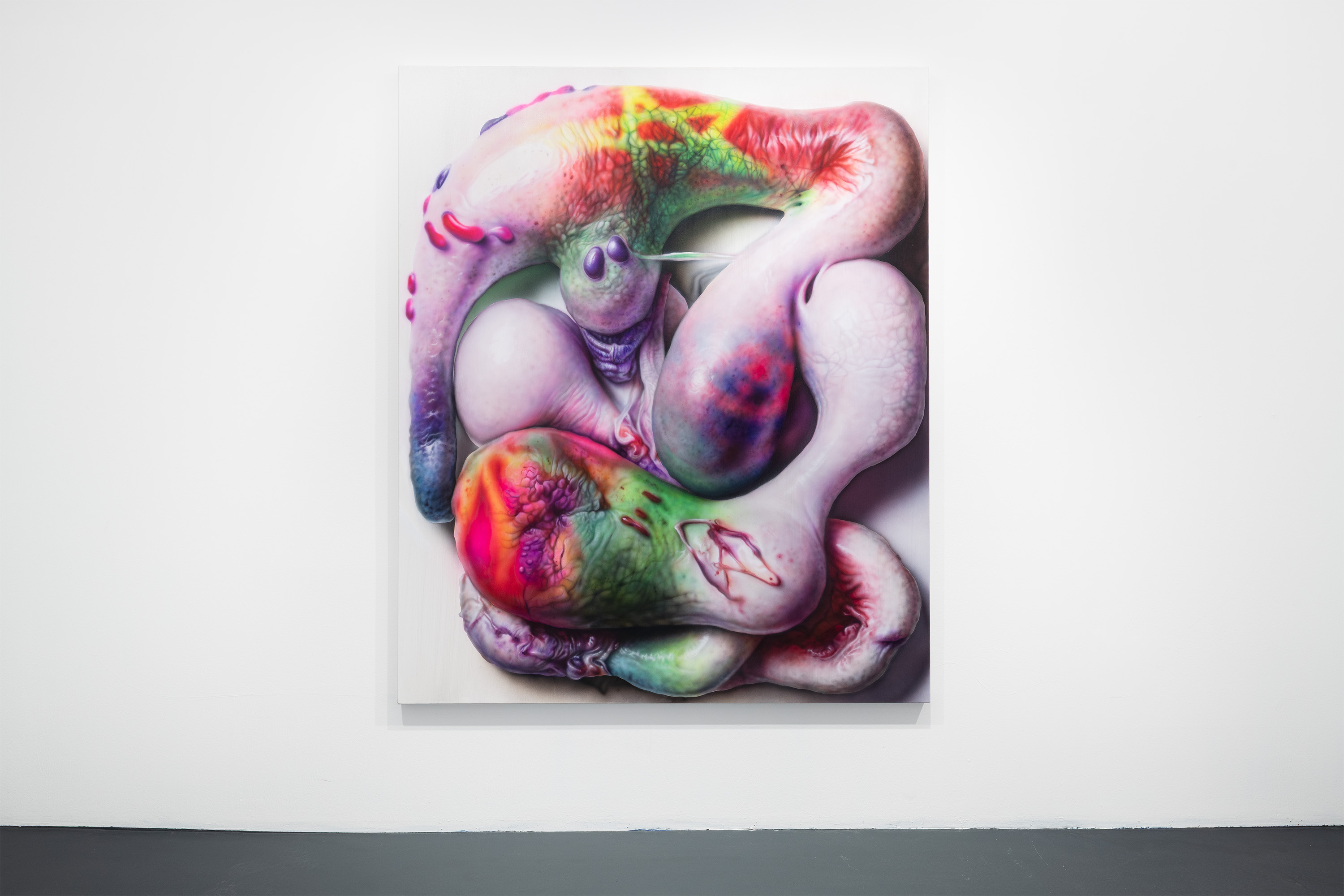
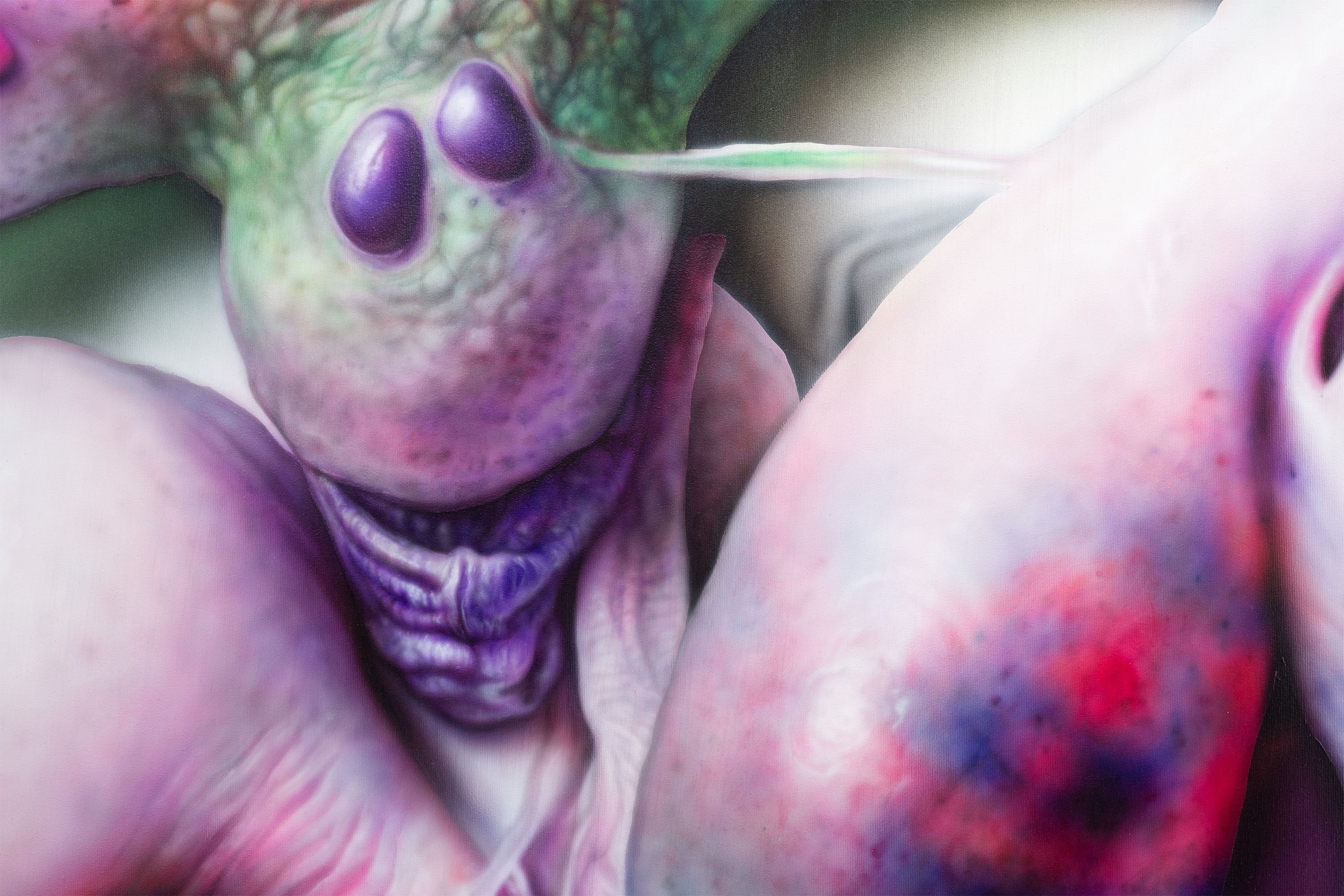
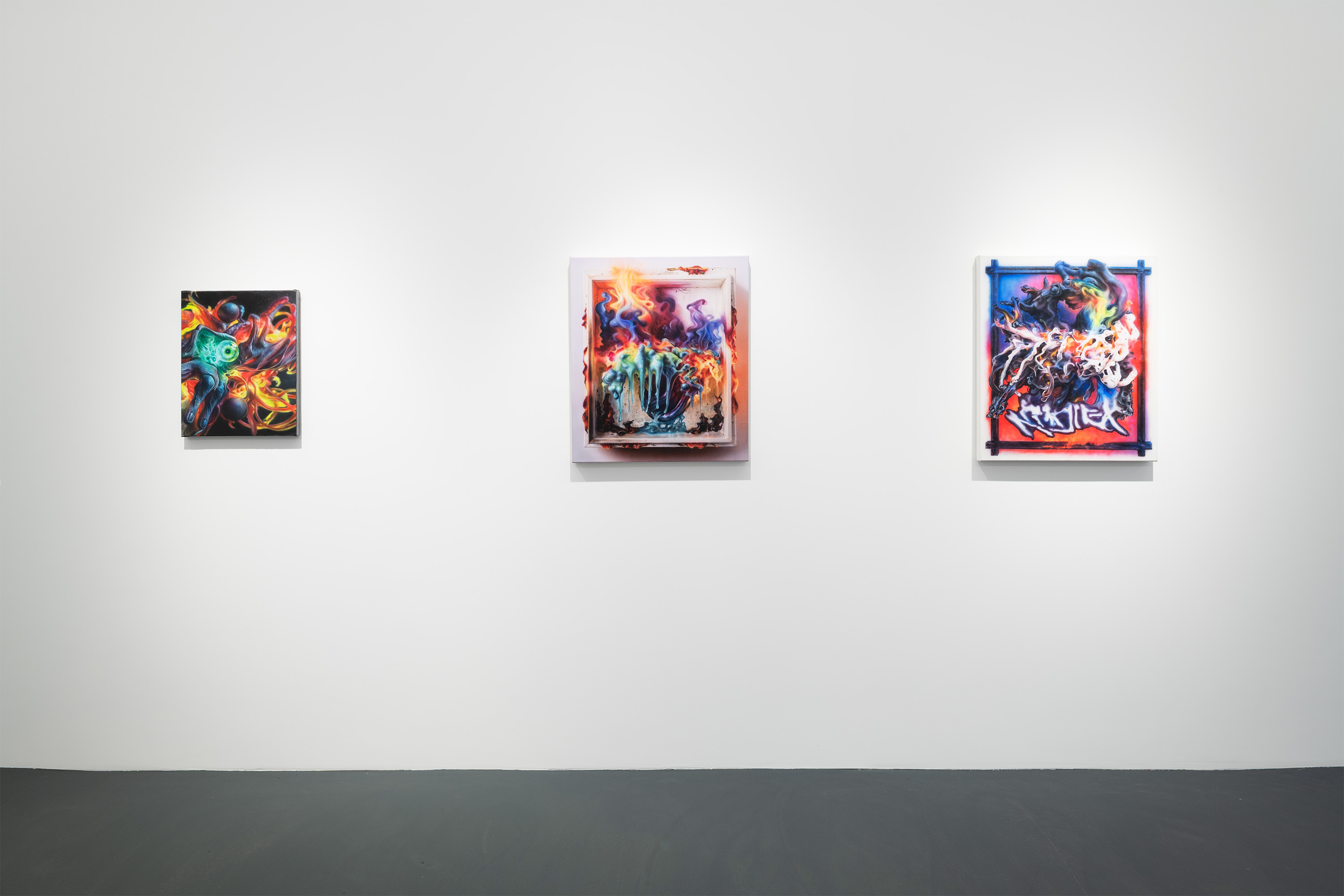
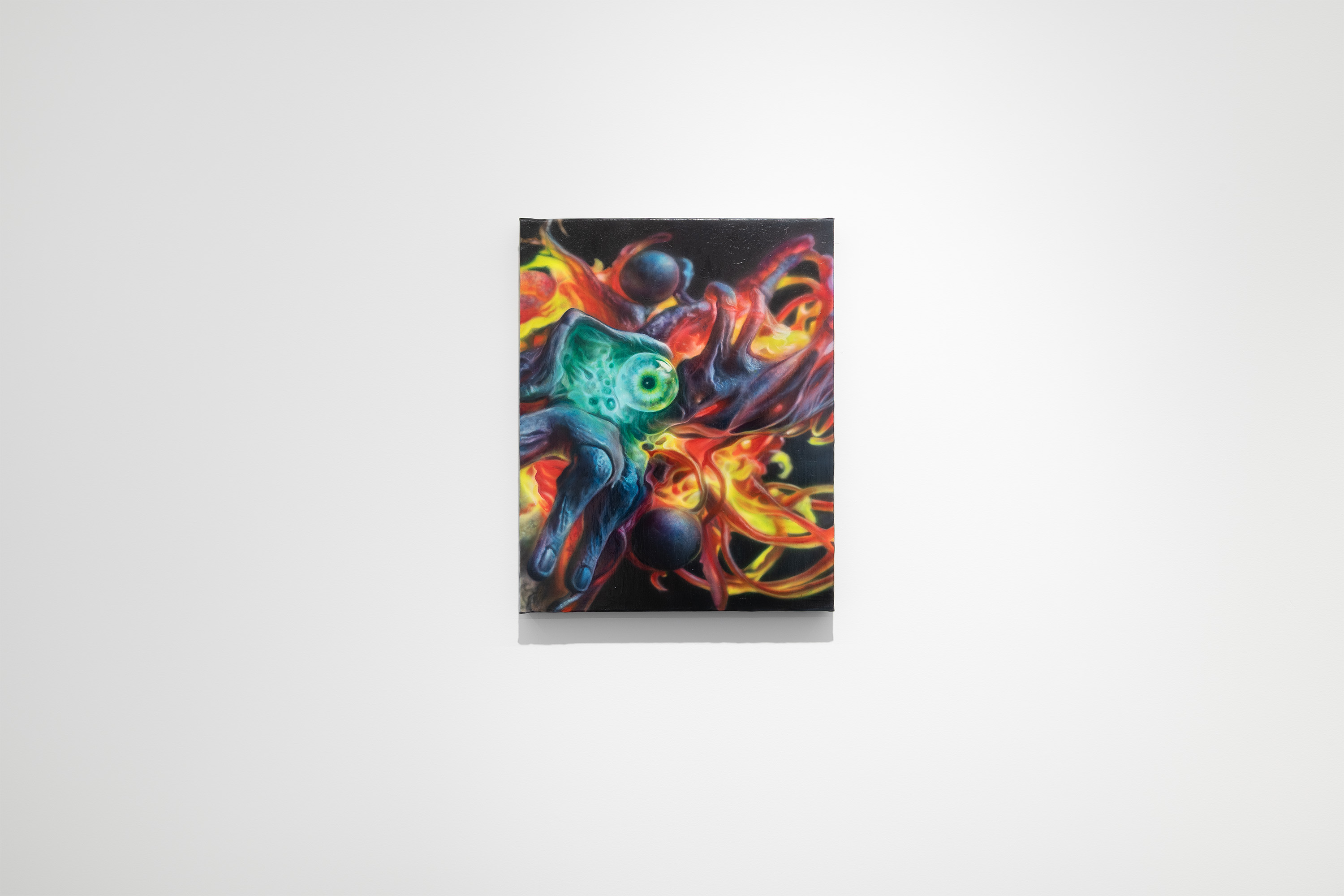
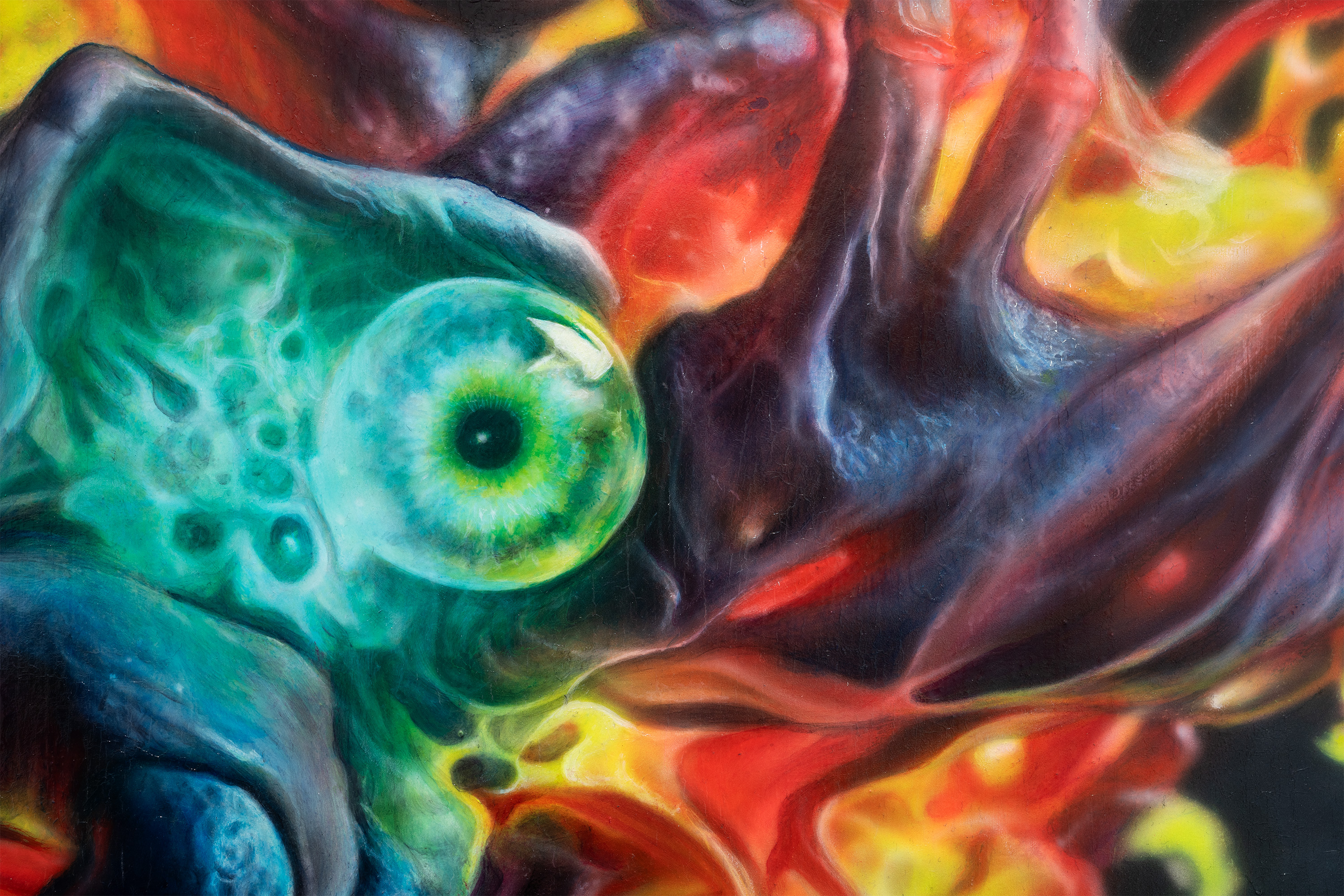
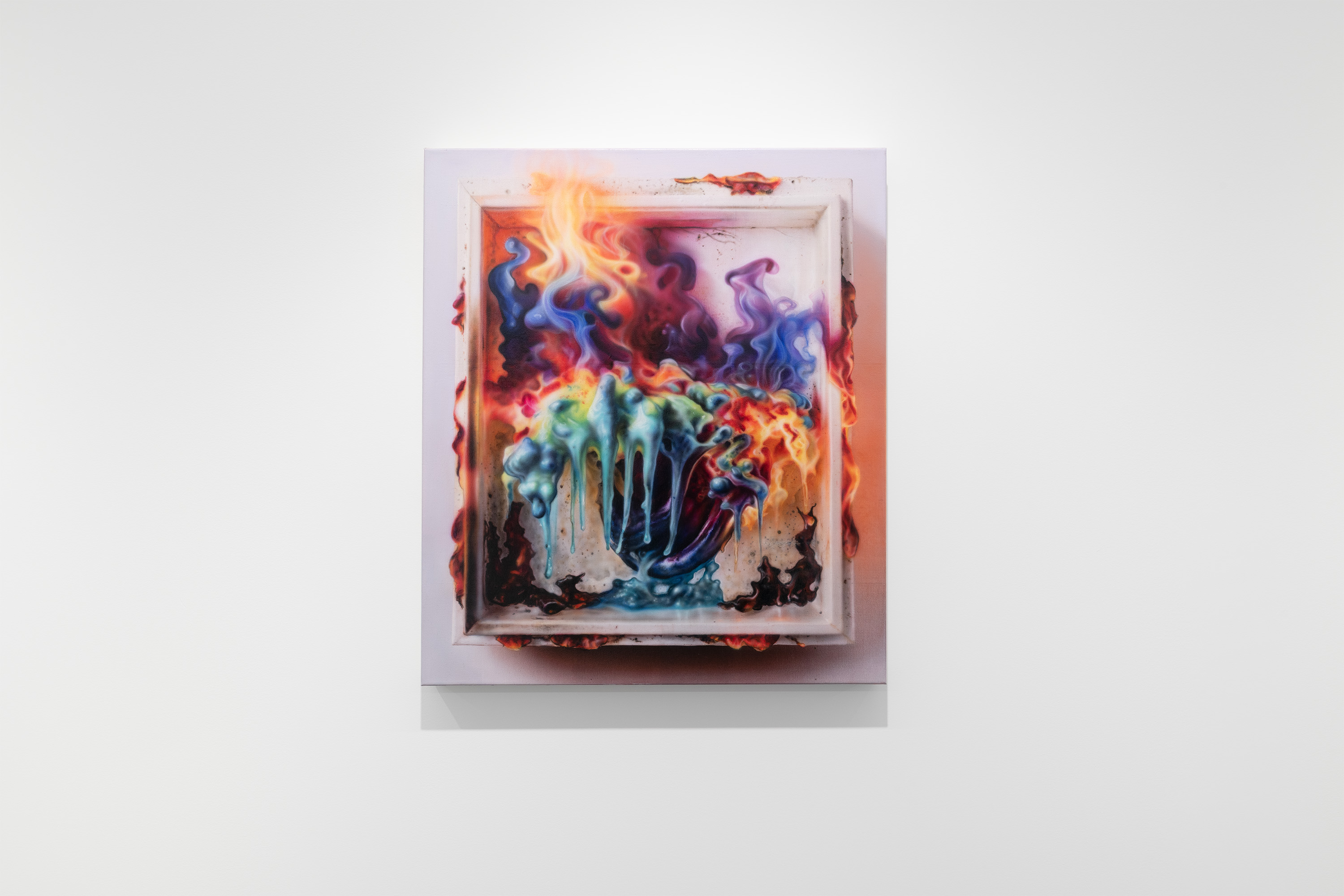
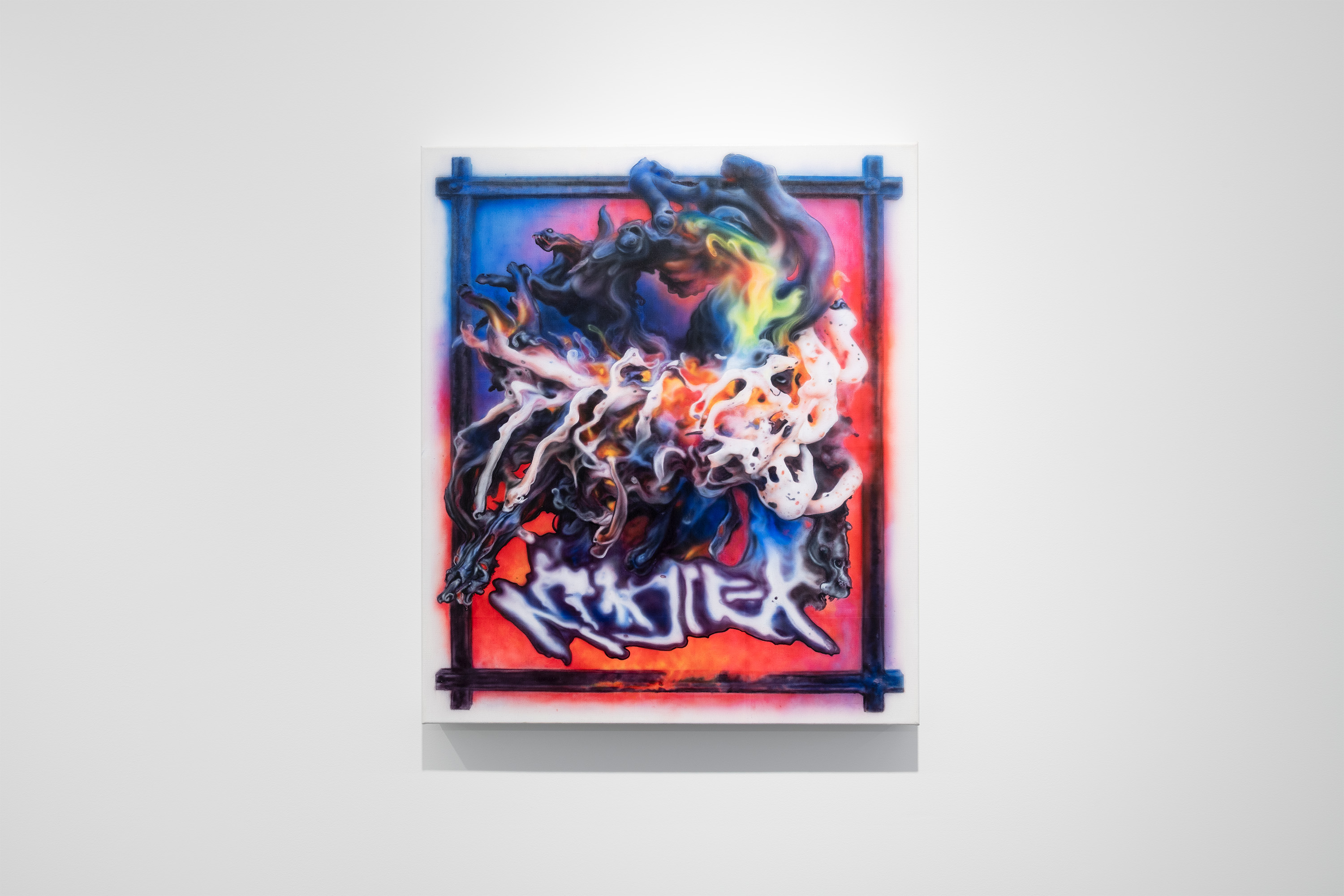
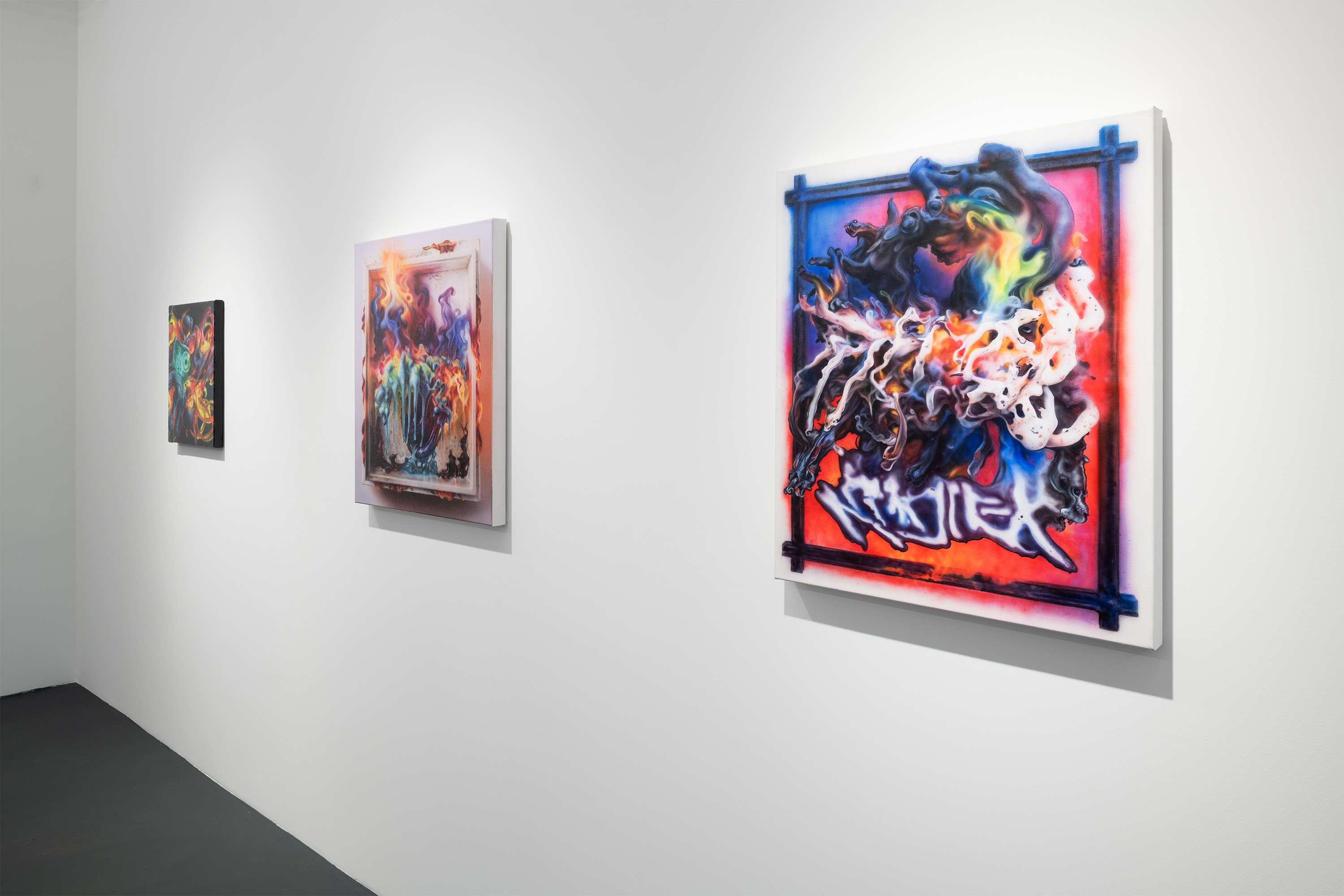
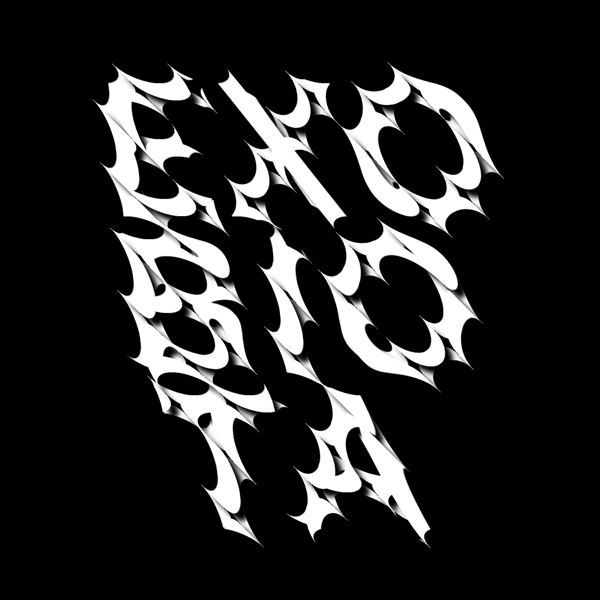
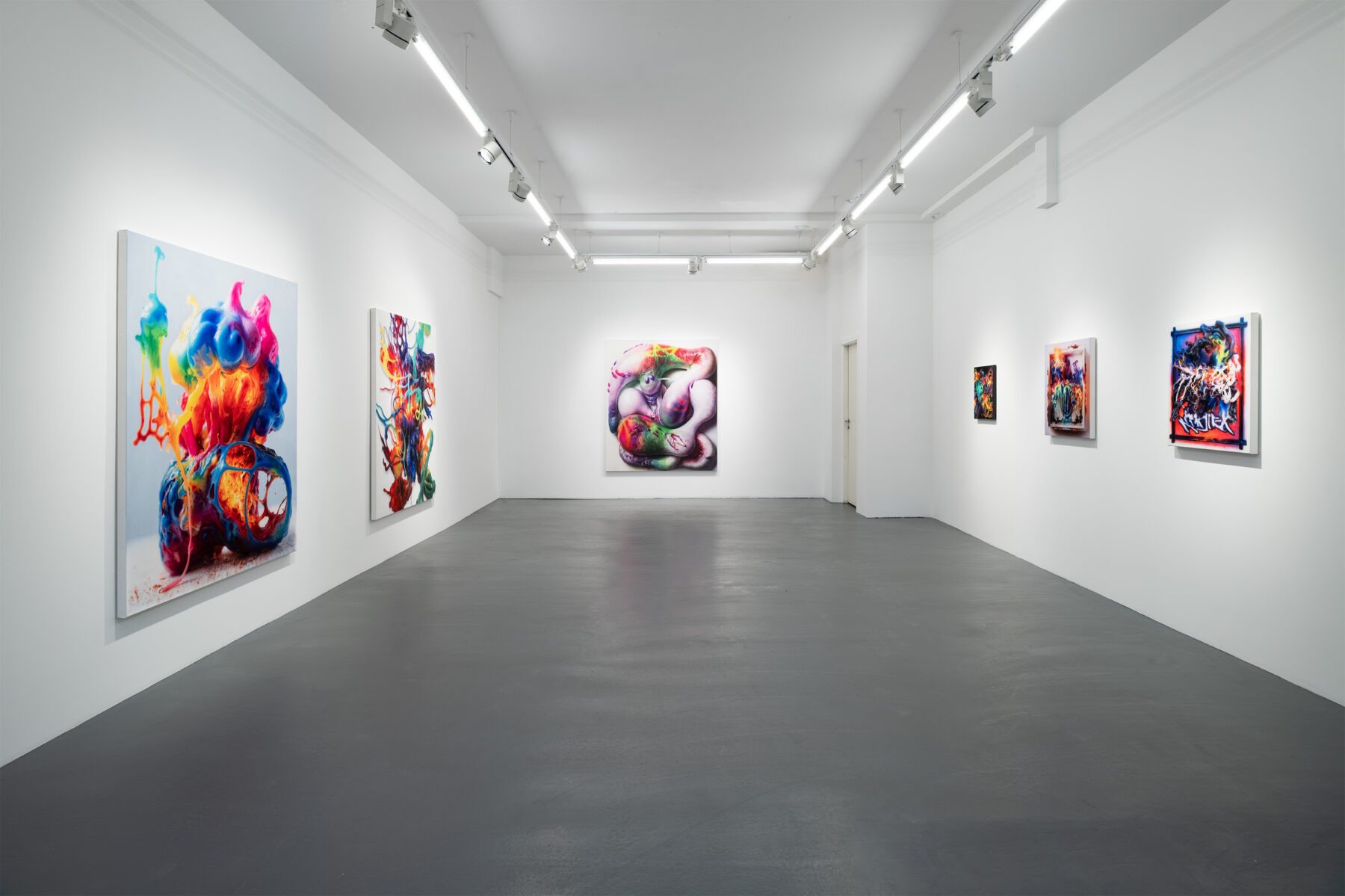
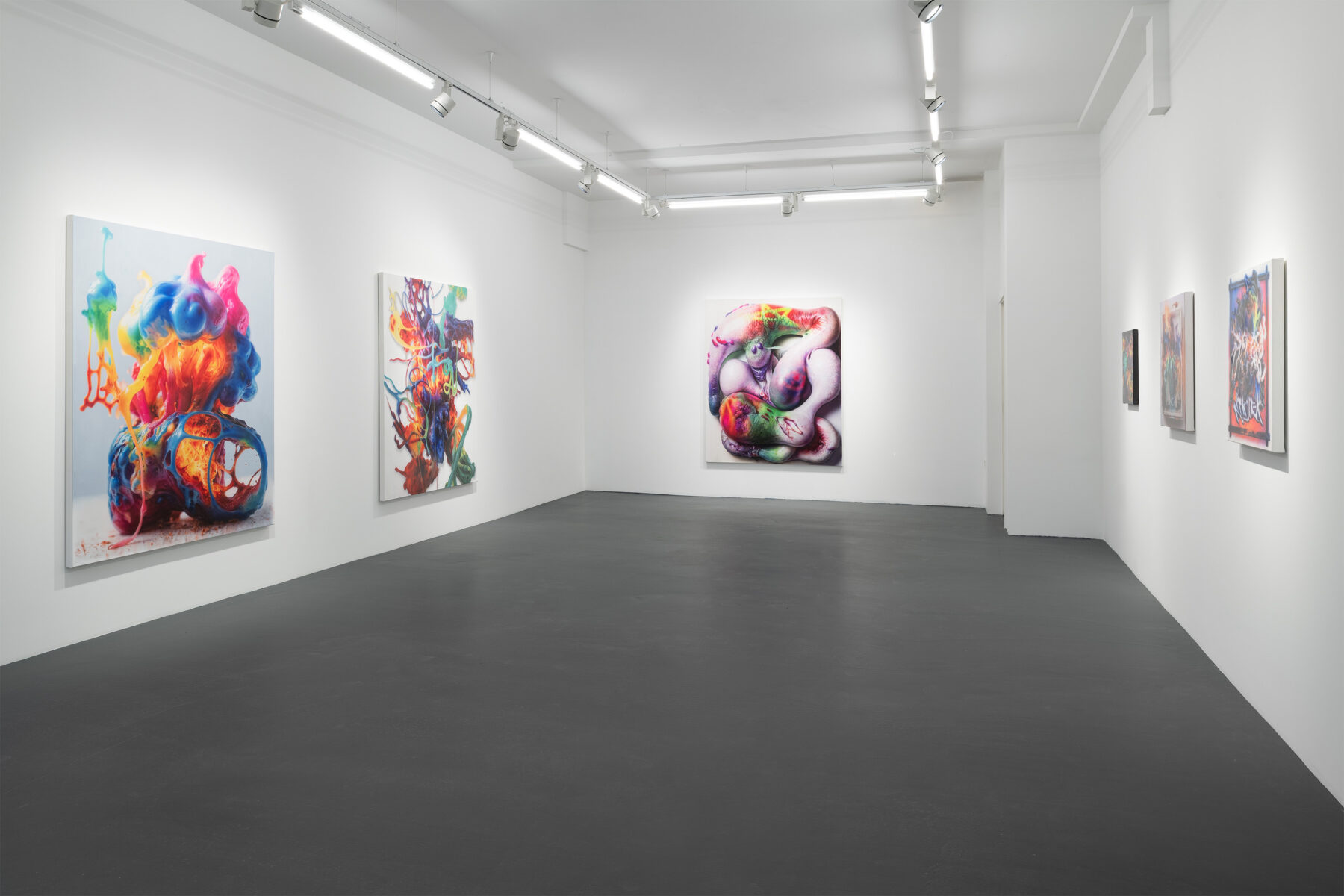
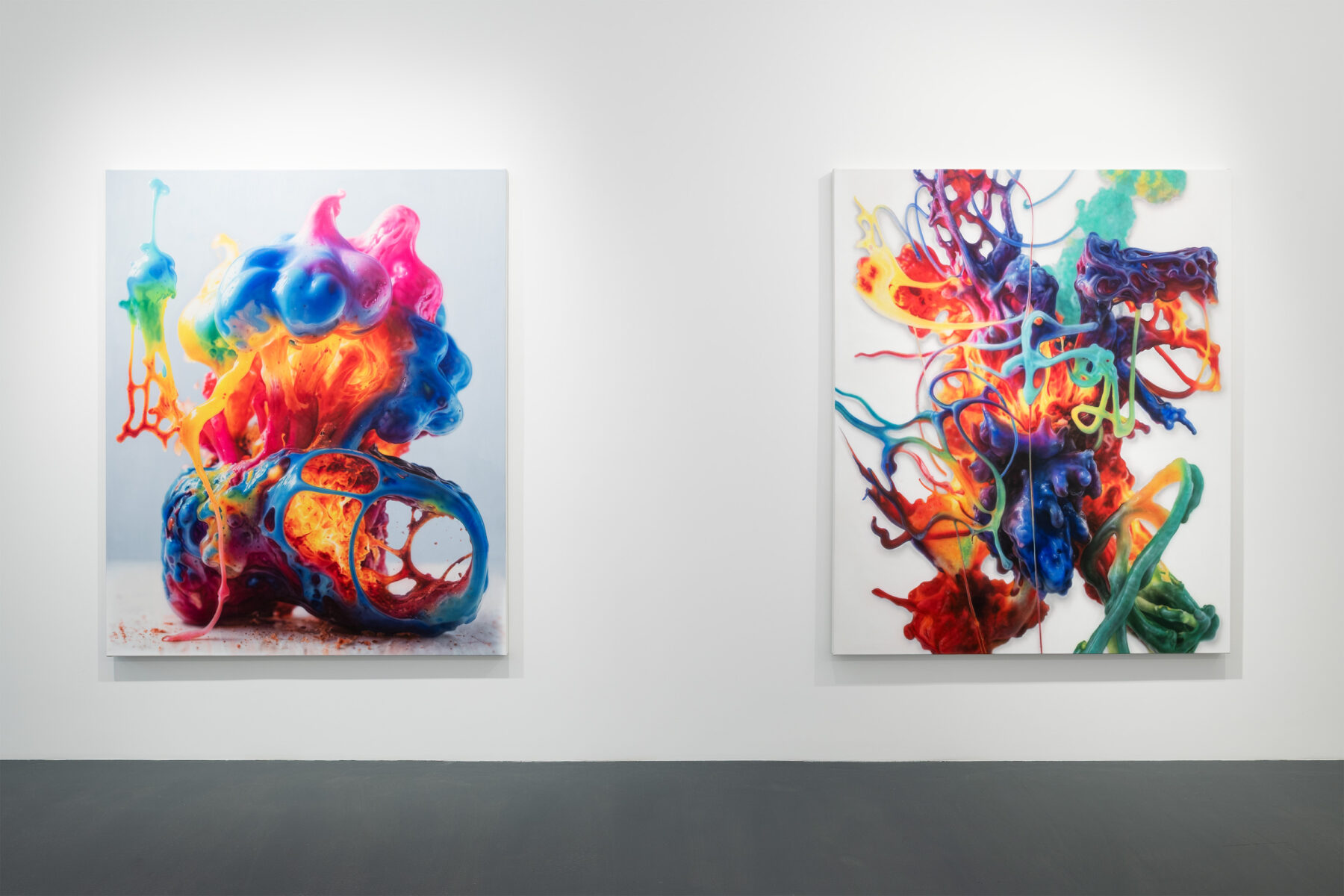
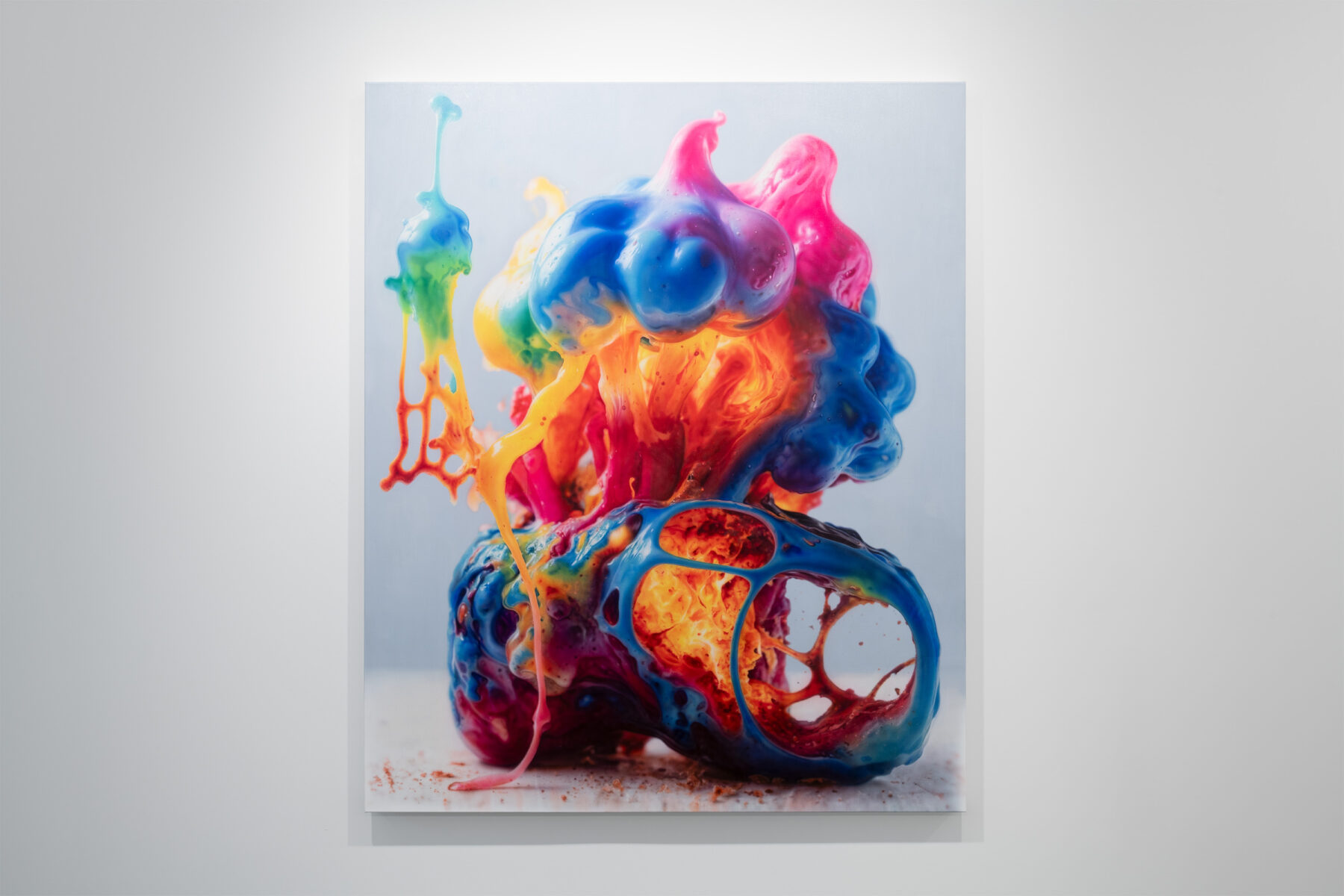
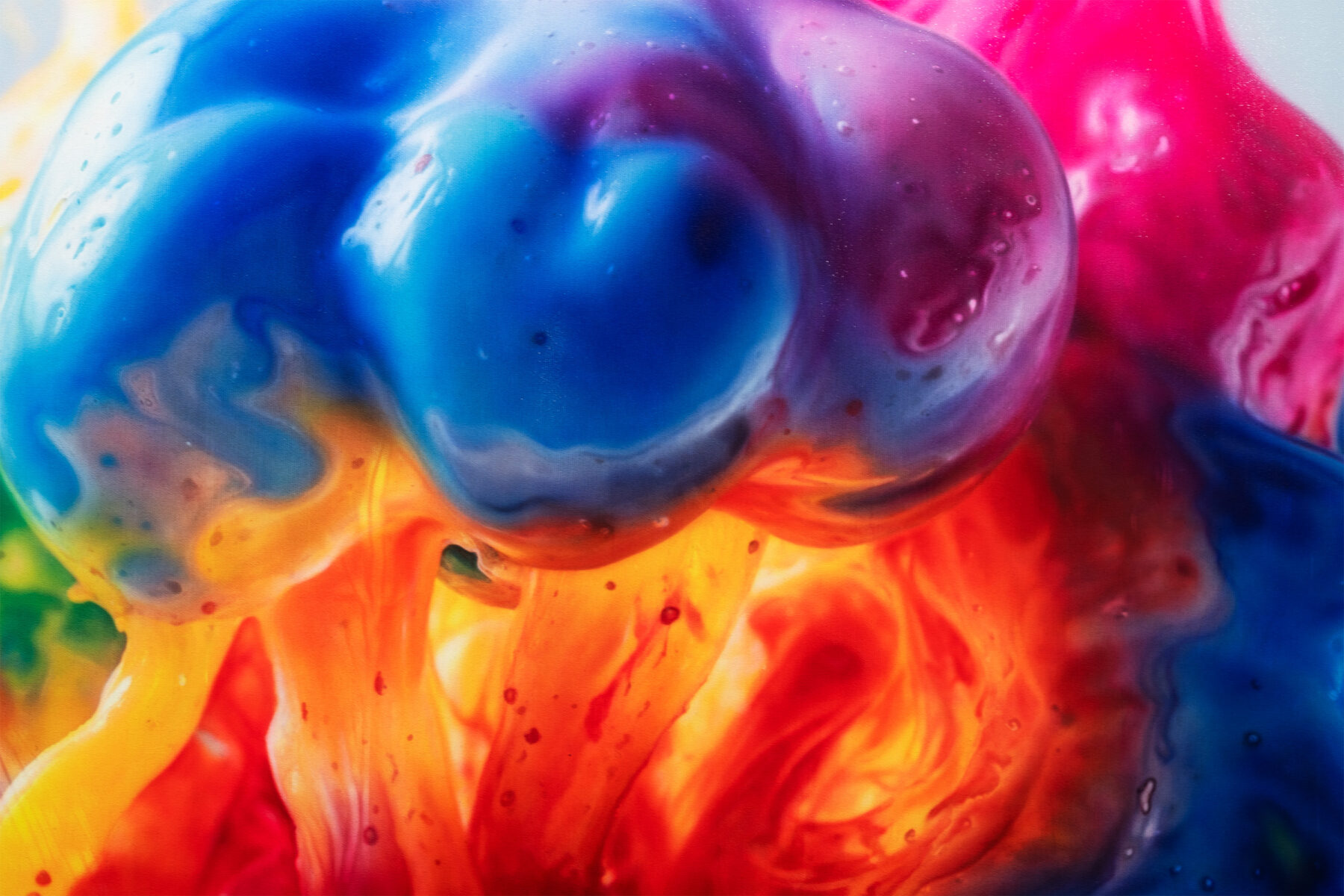
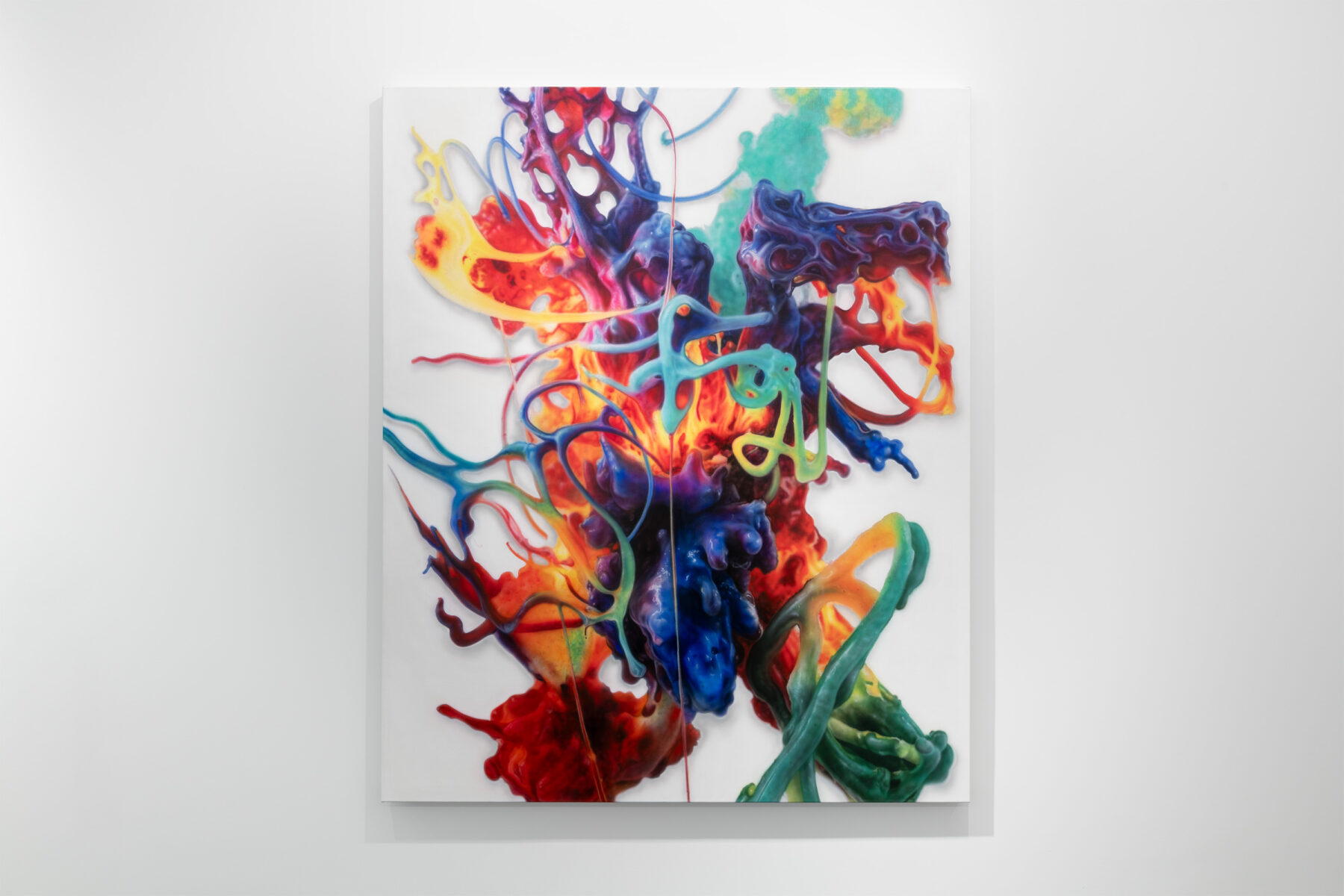
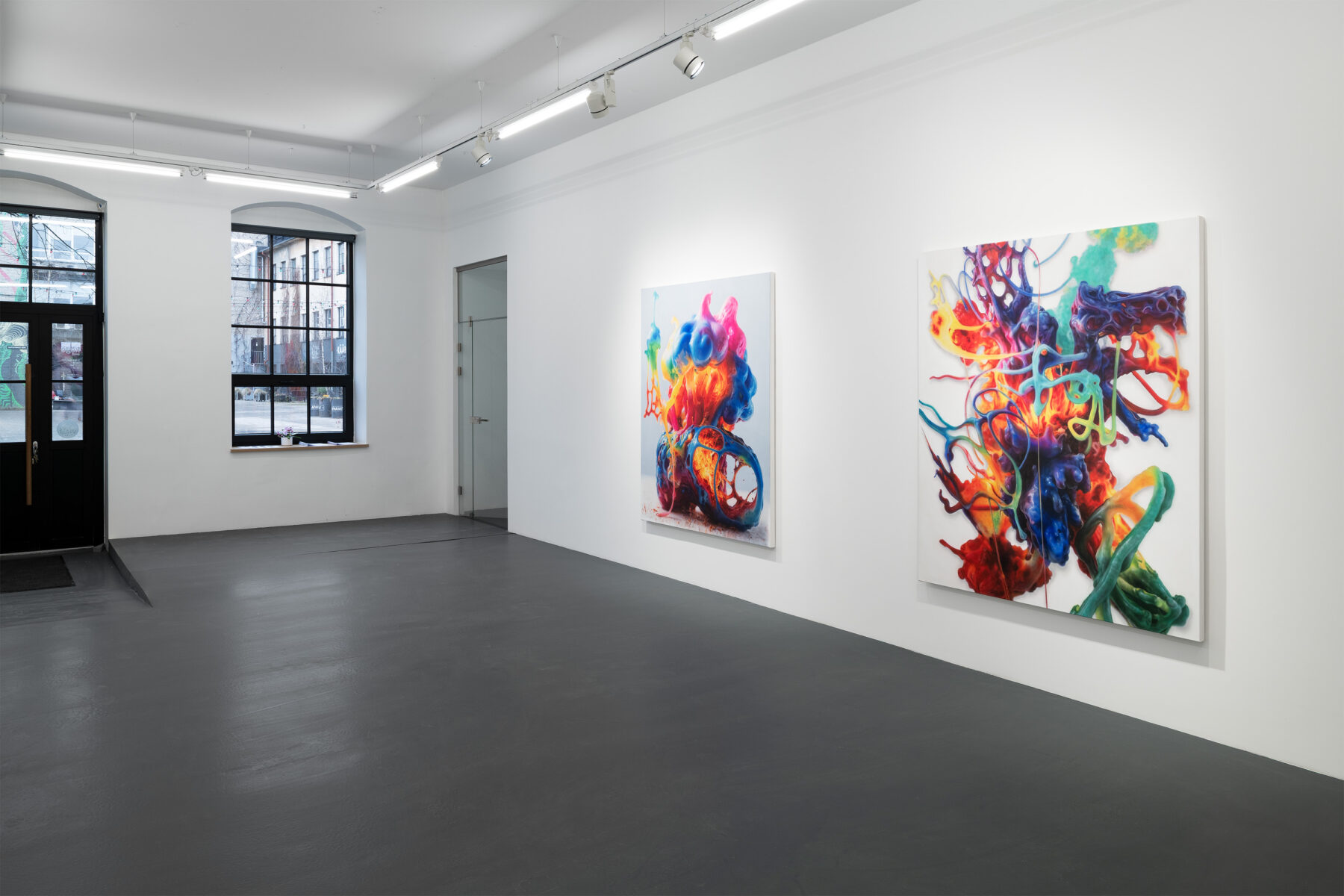
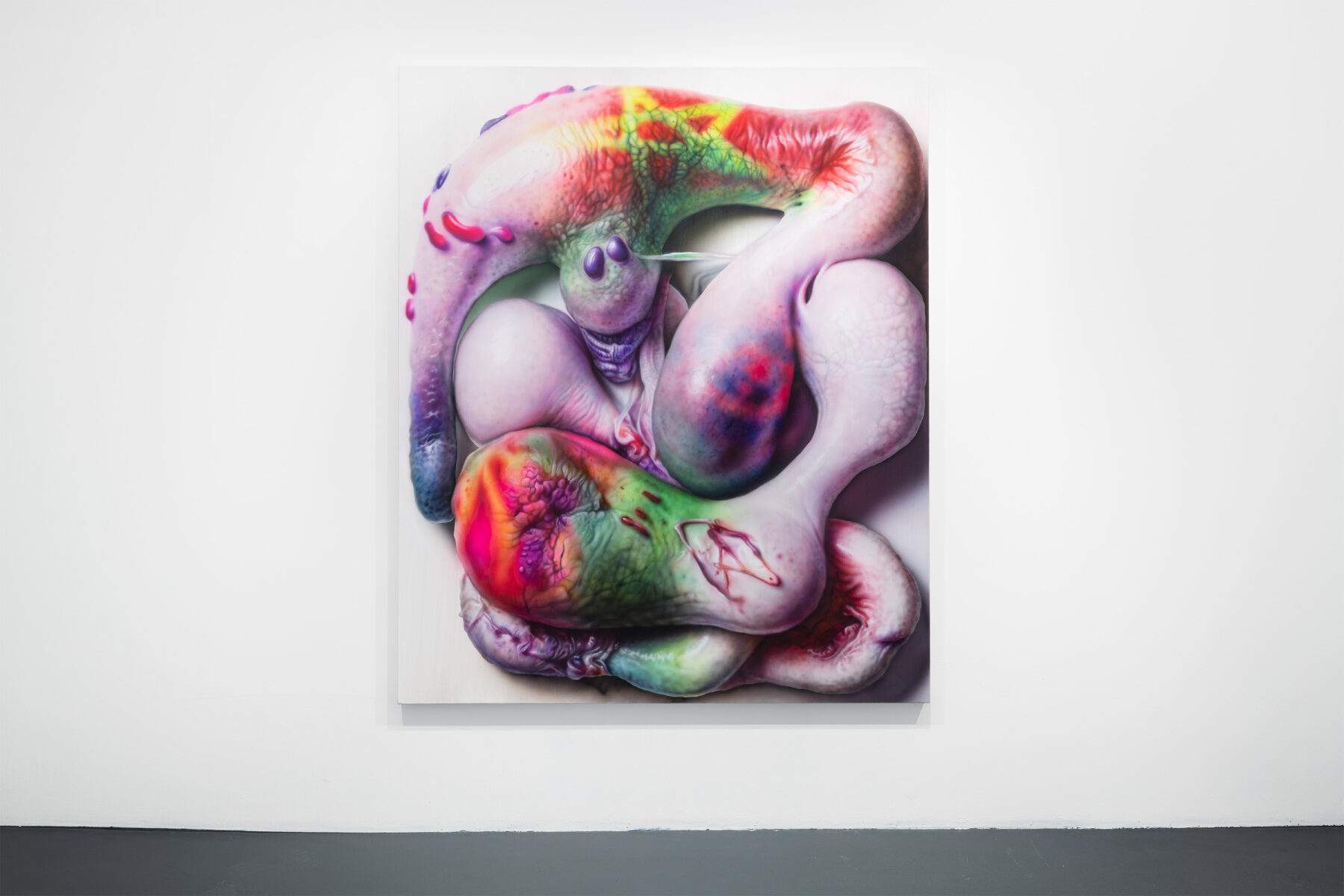
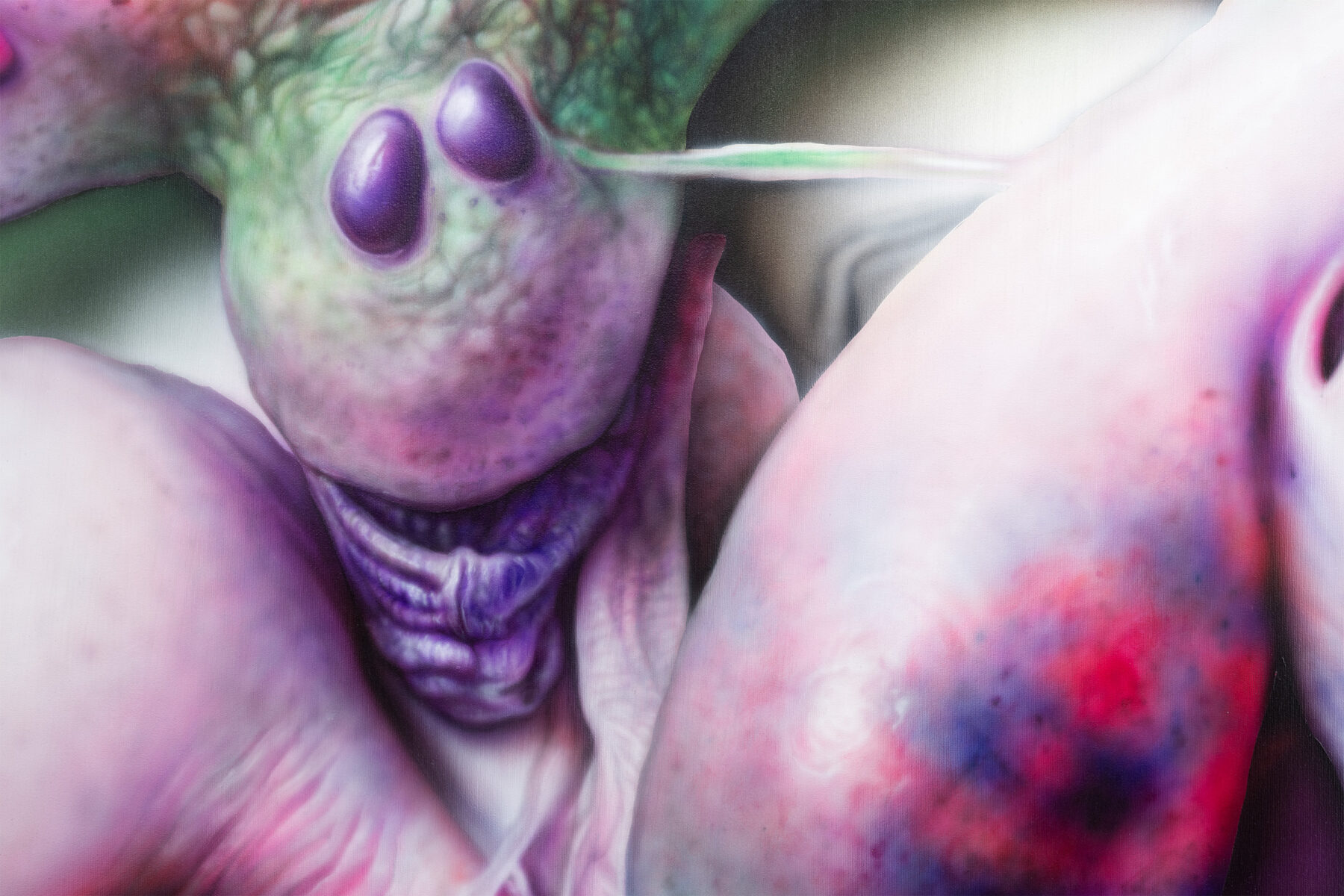
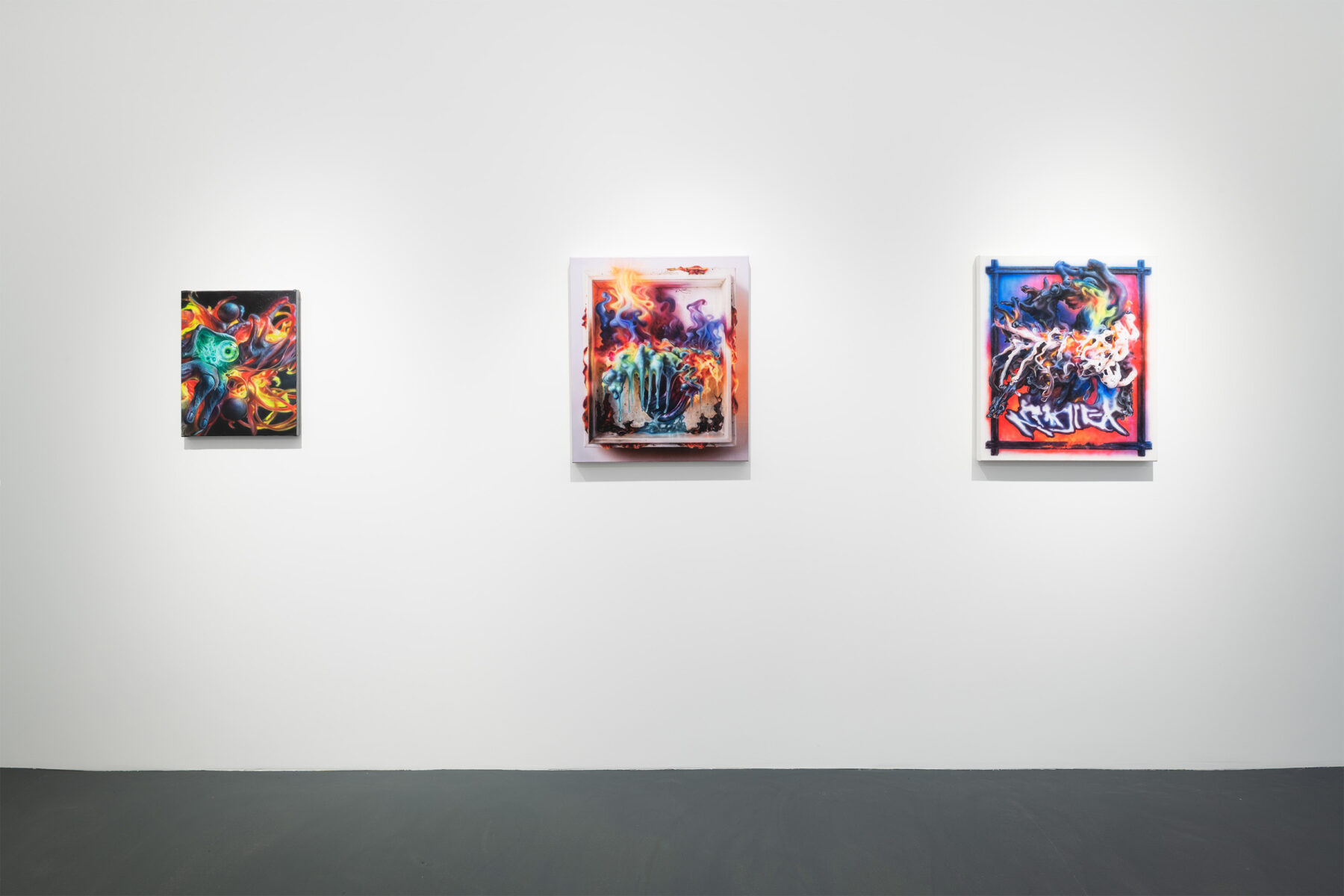
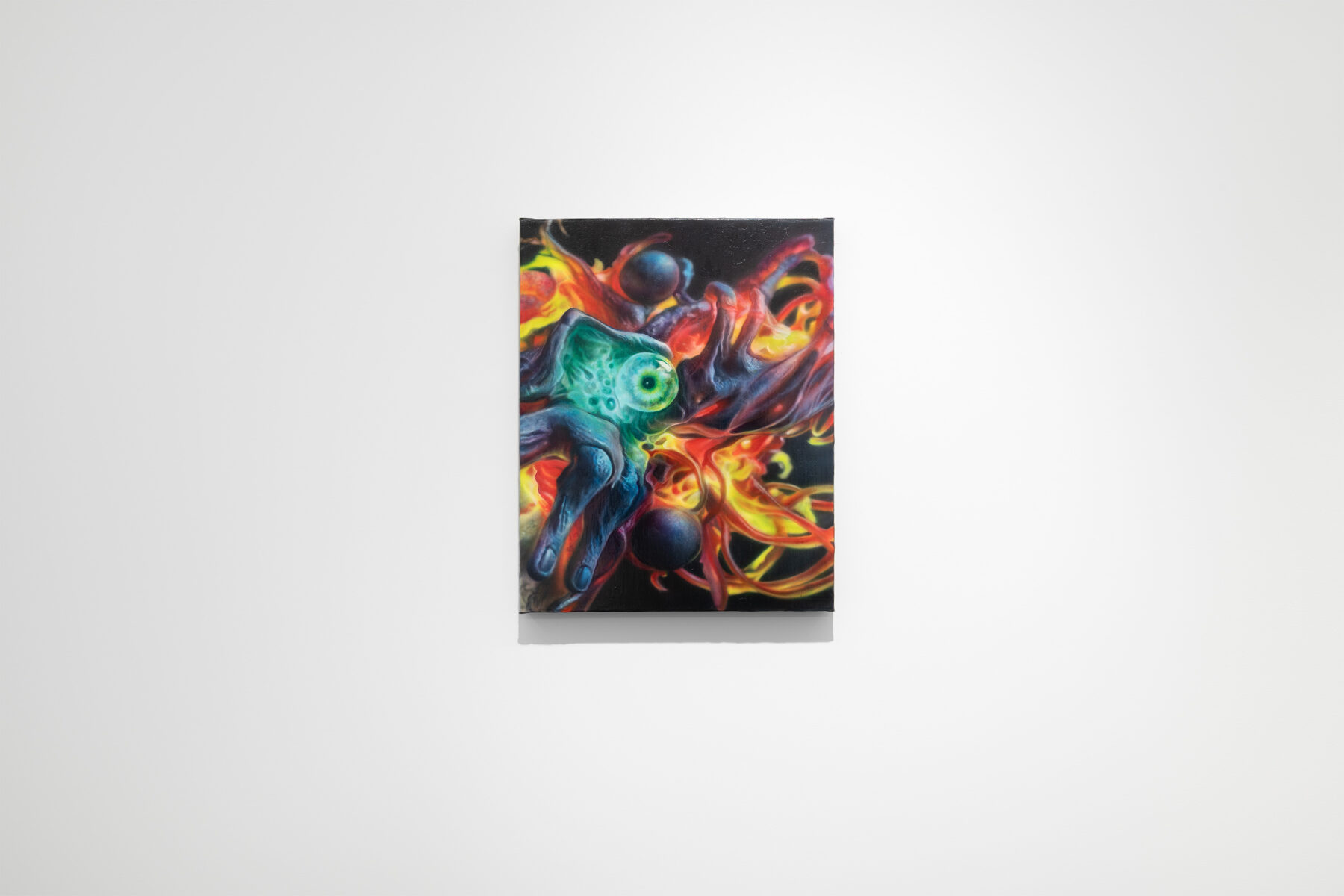
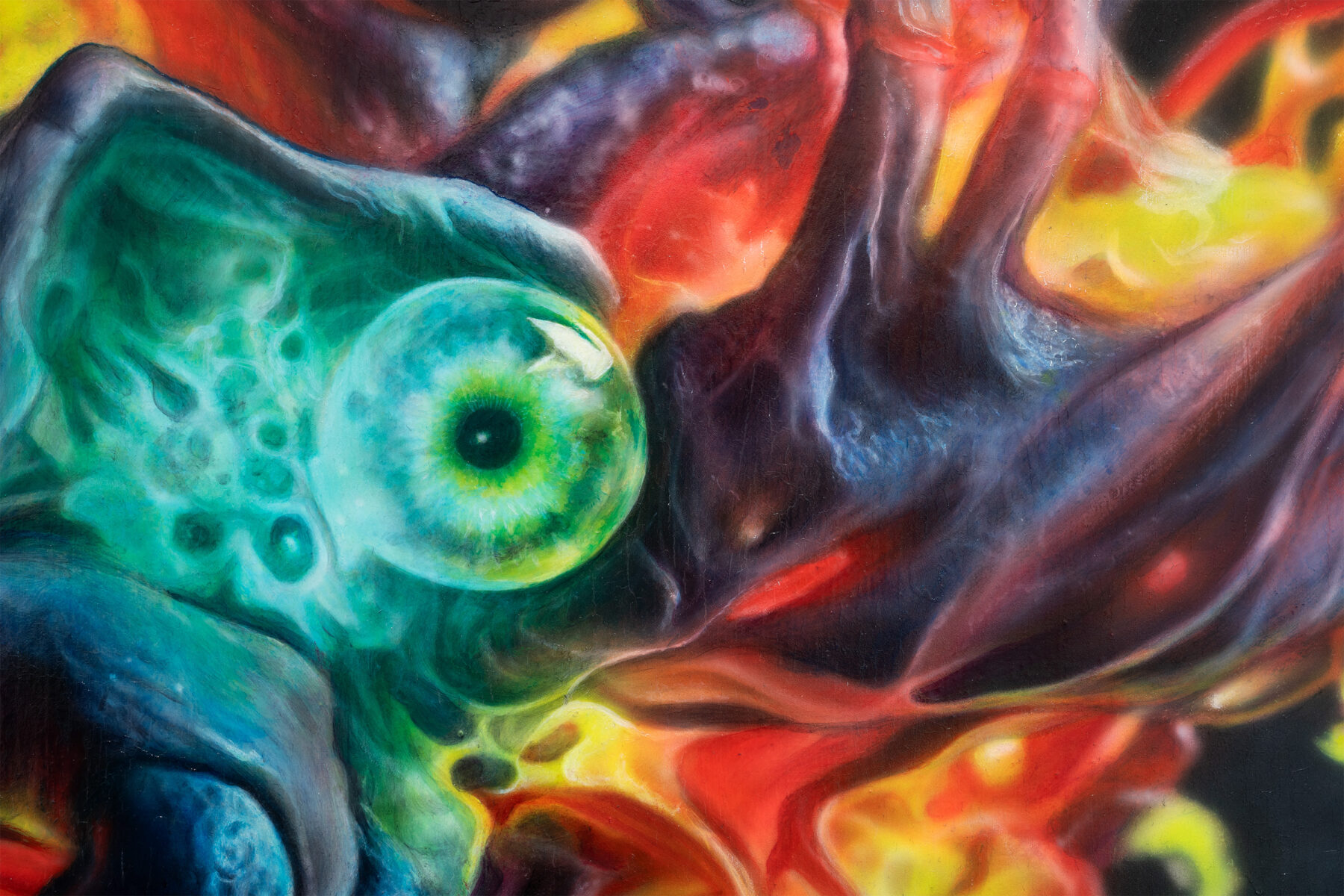
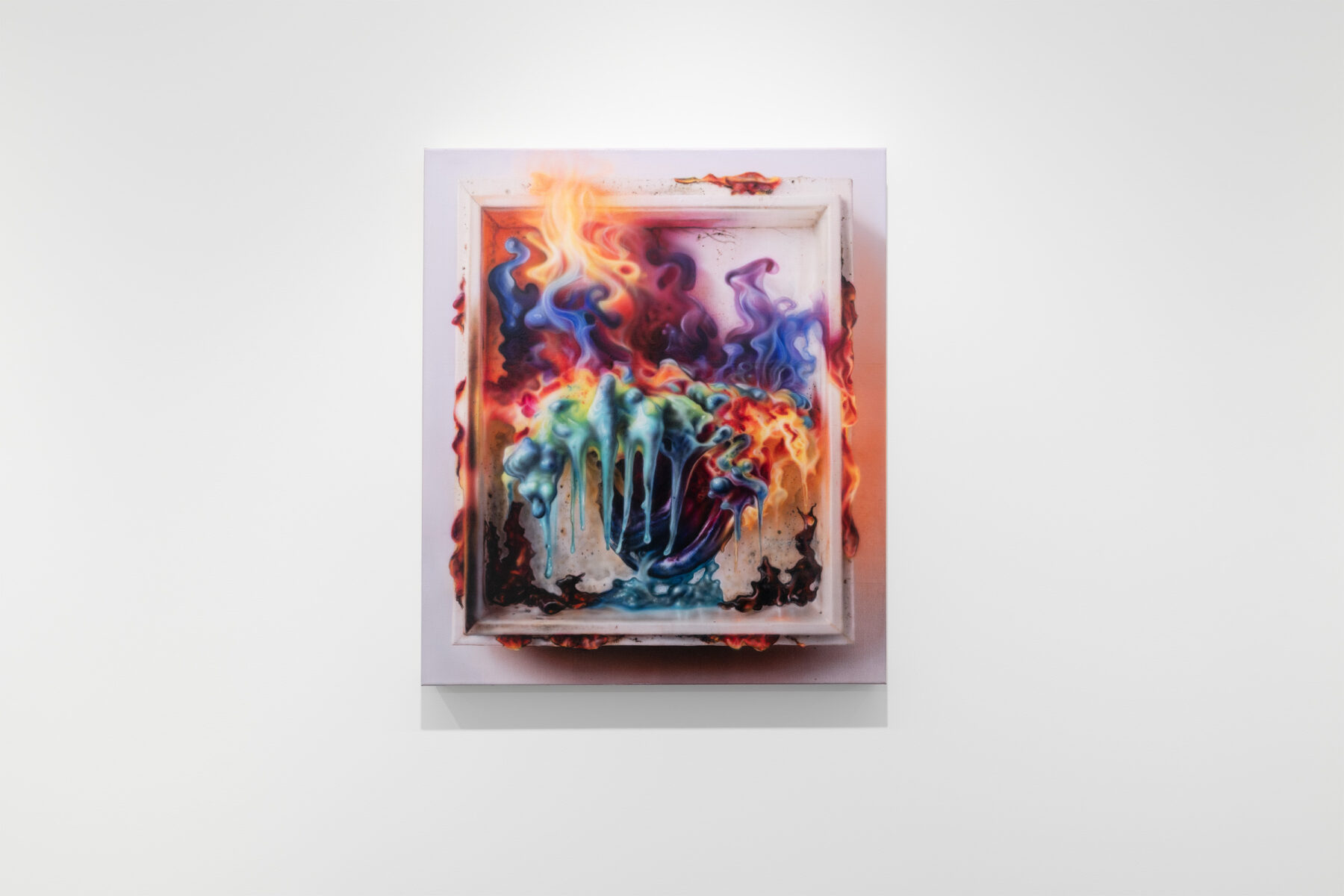
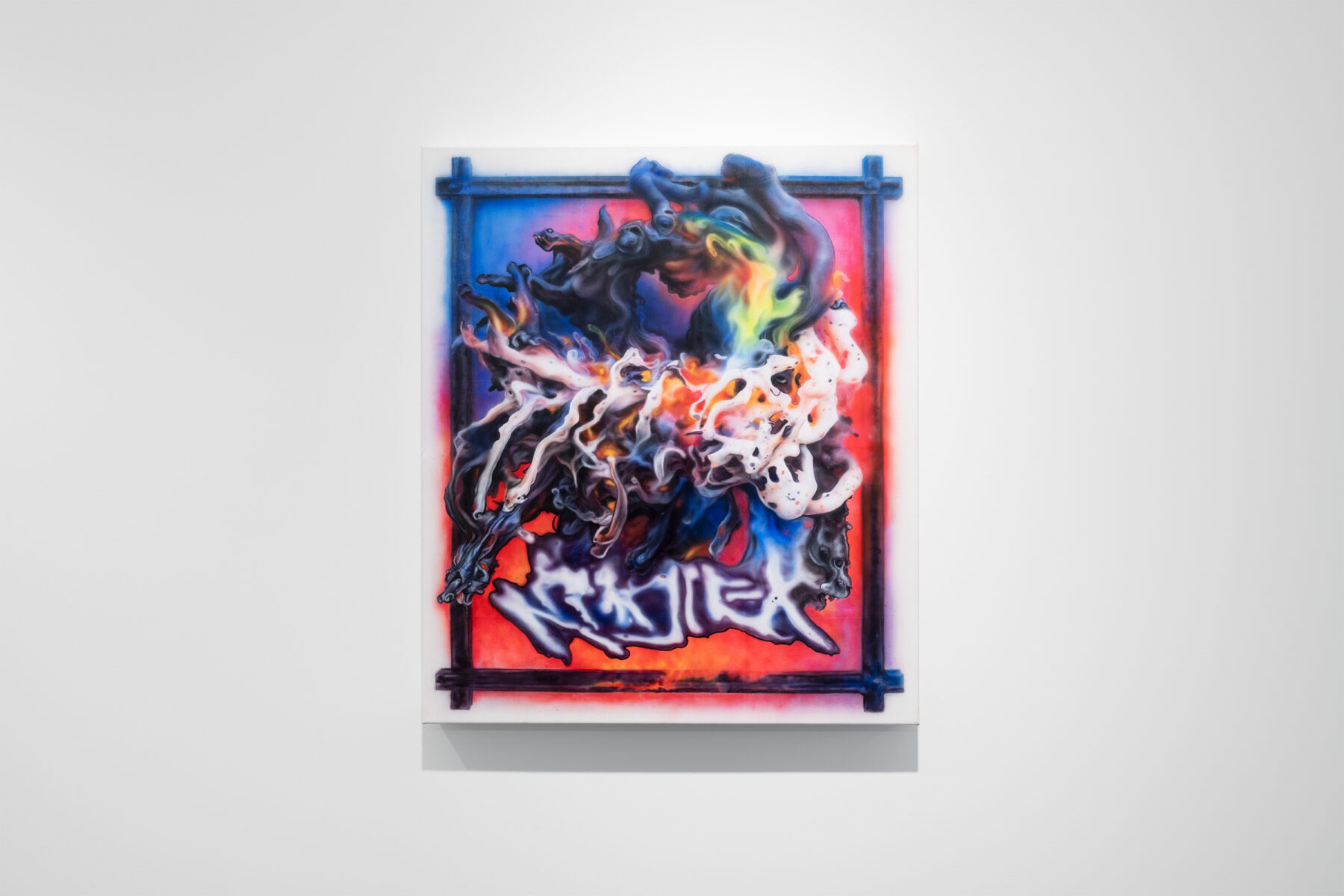
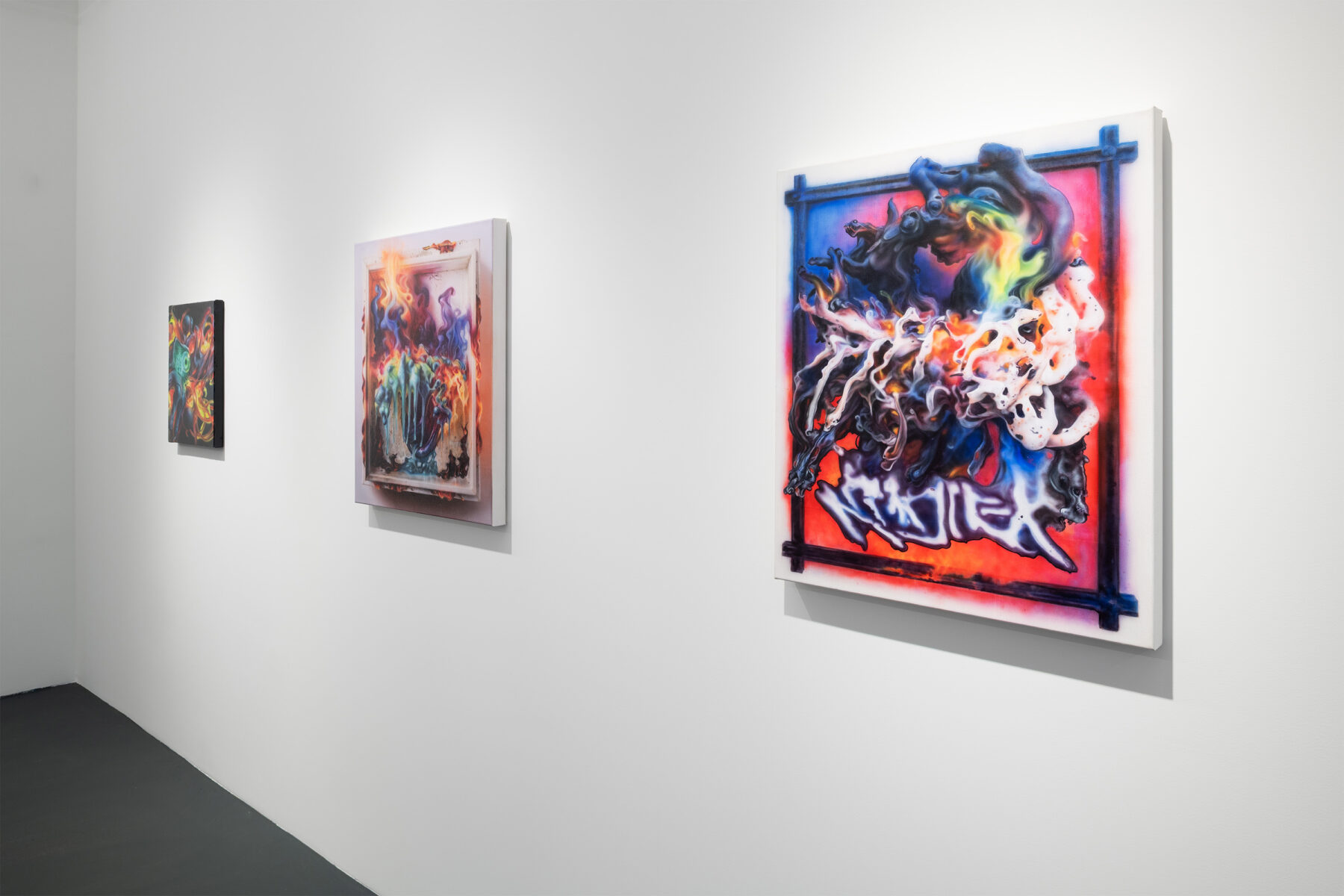
 2025 programme
2025 programme